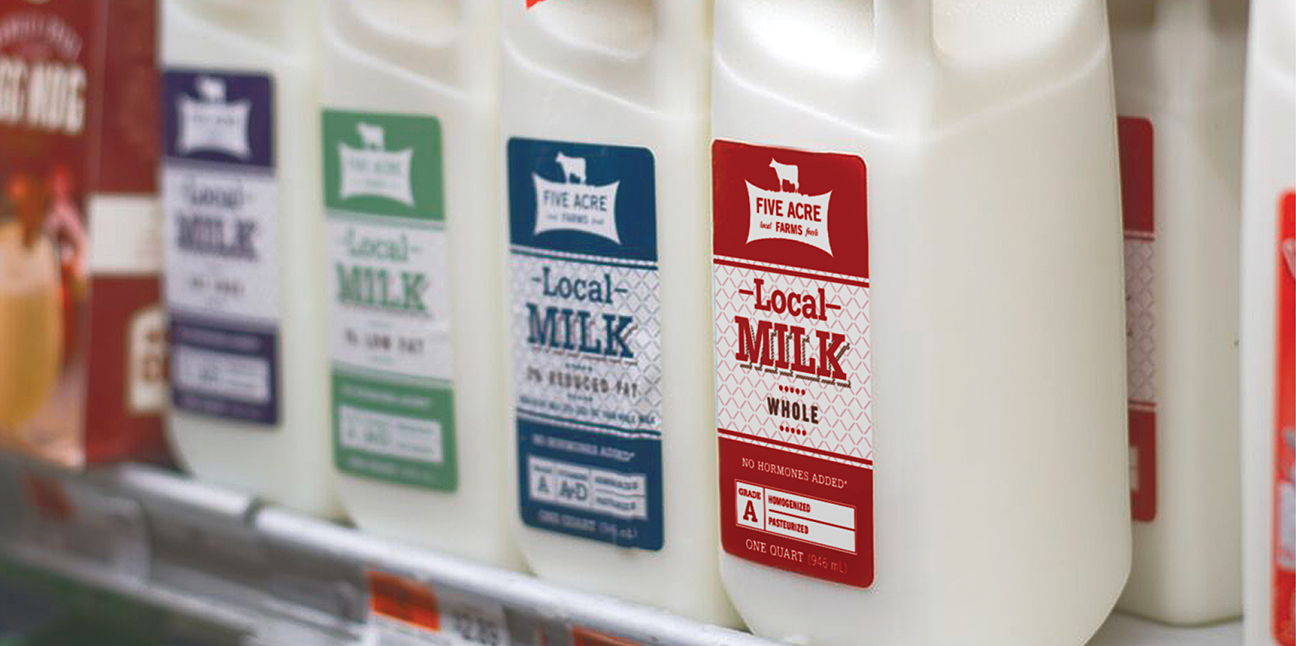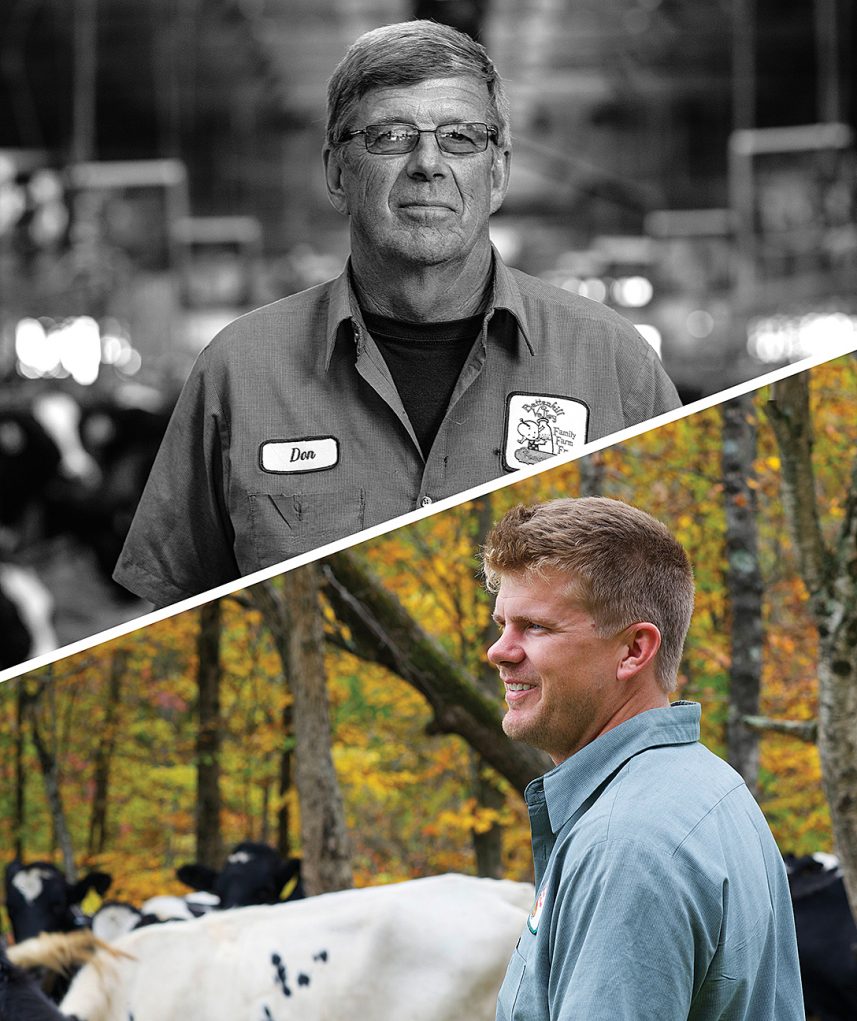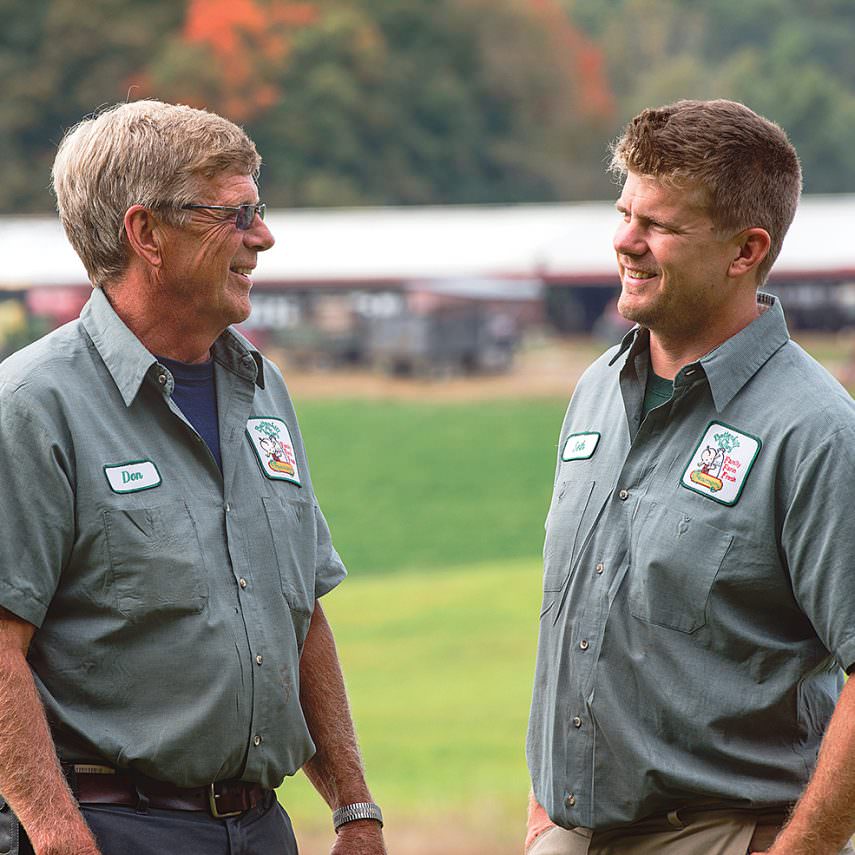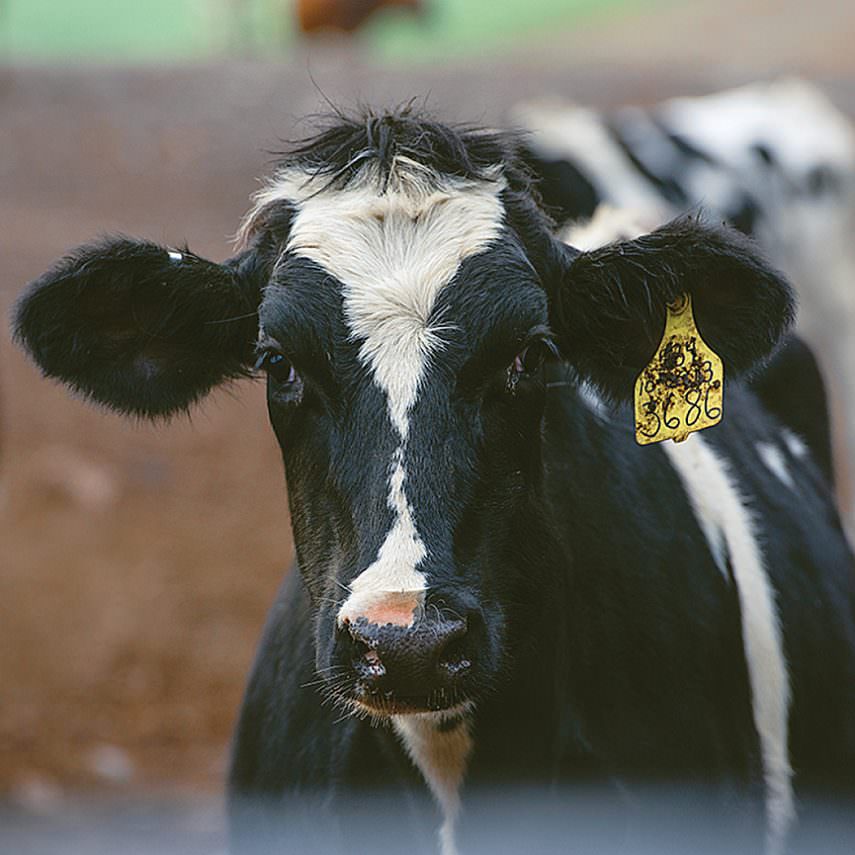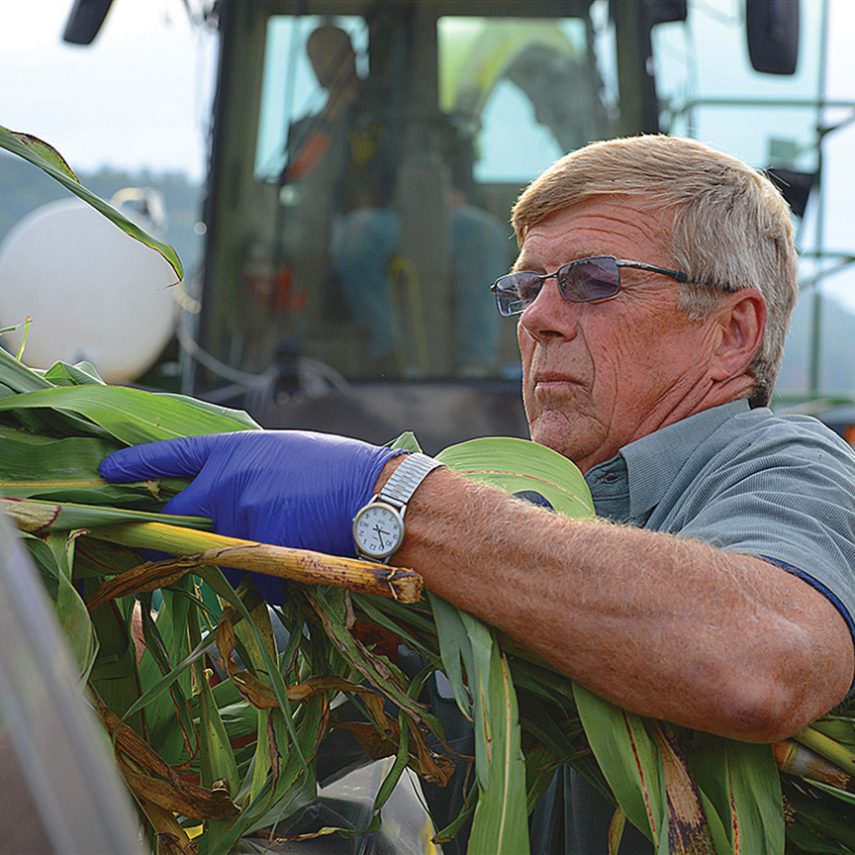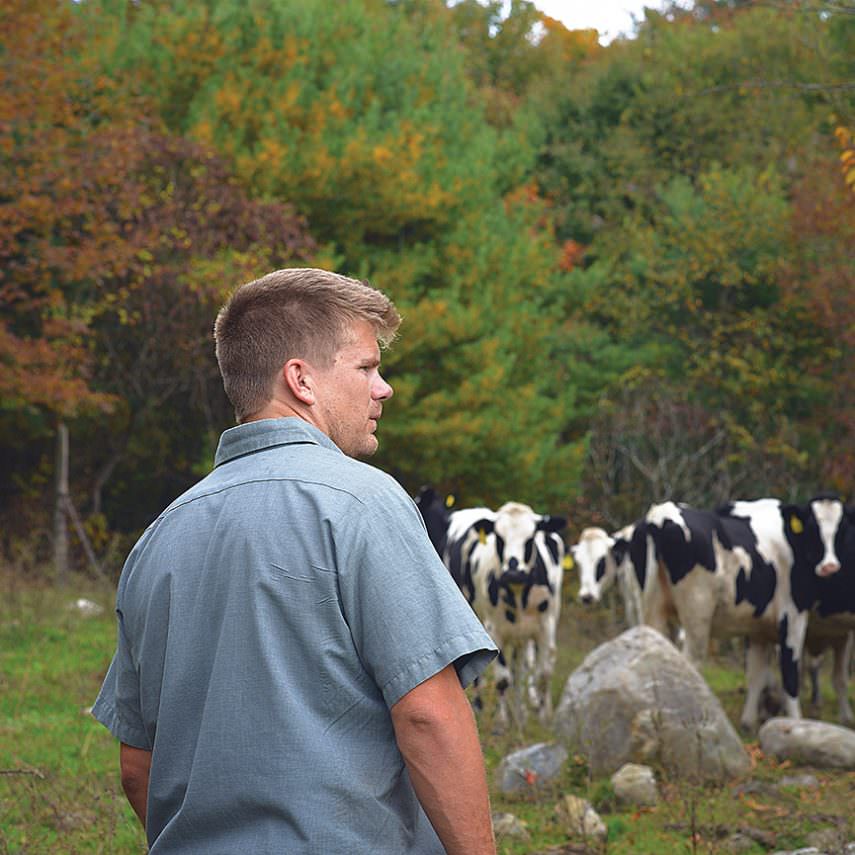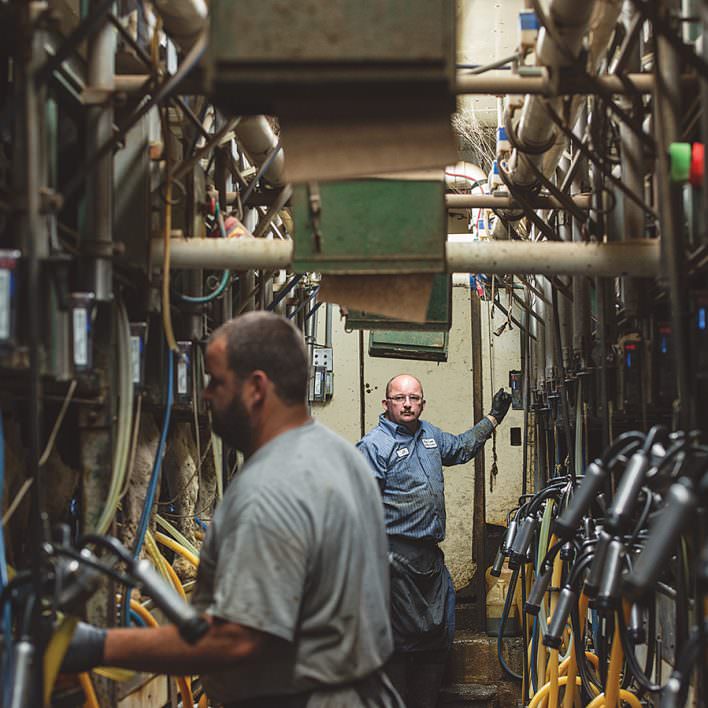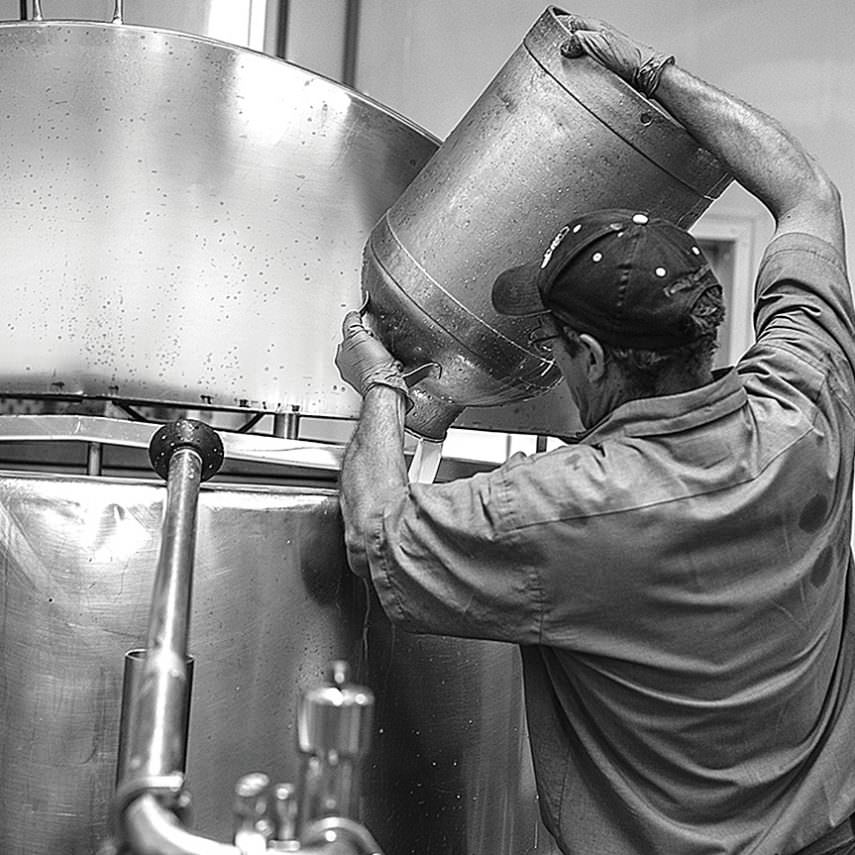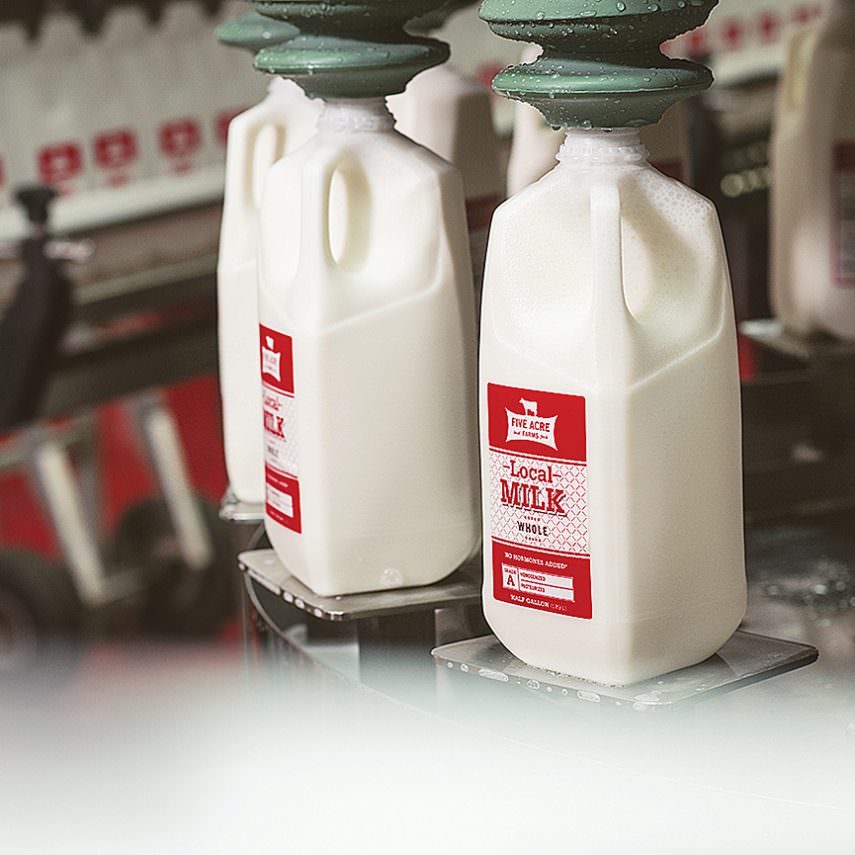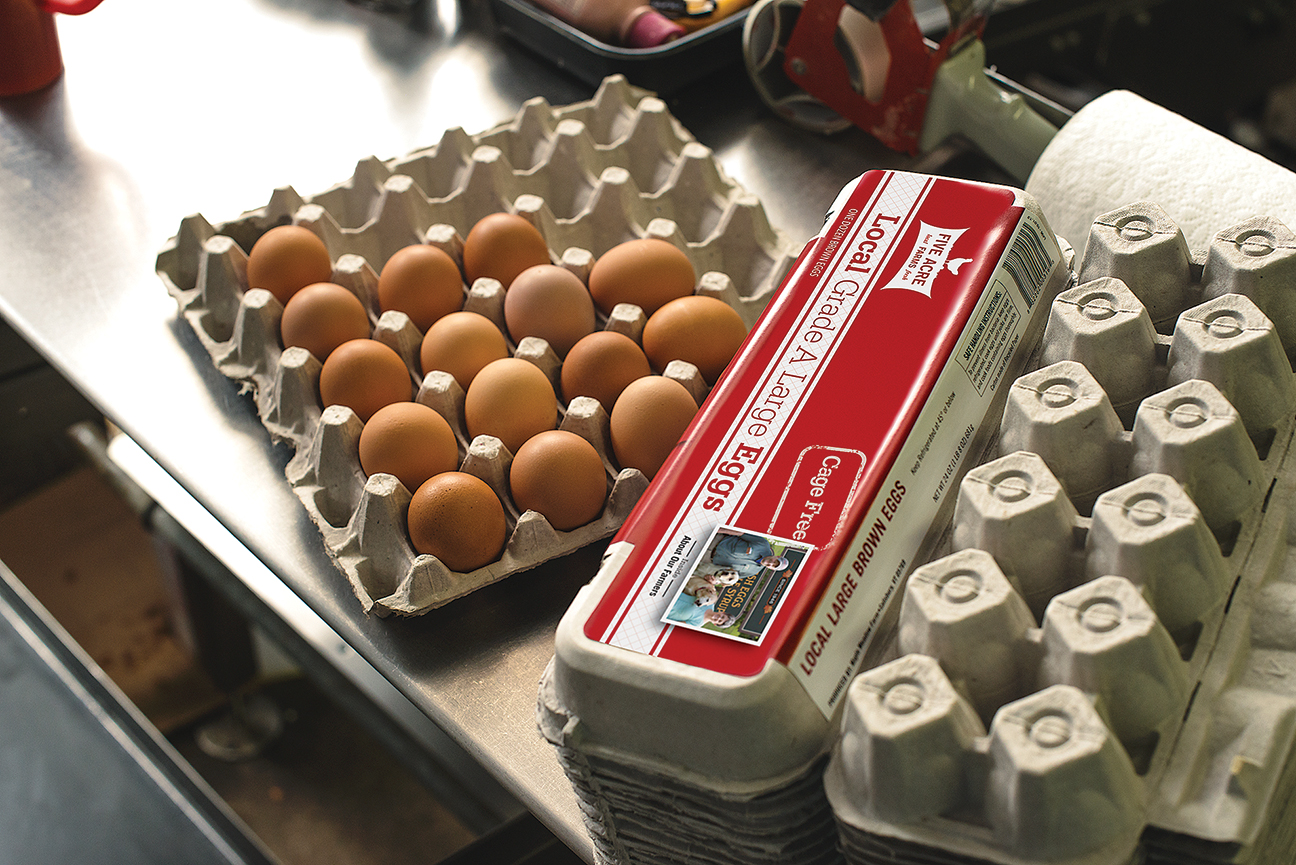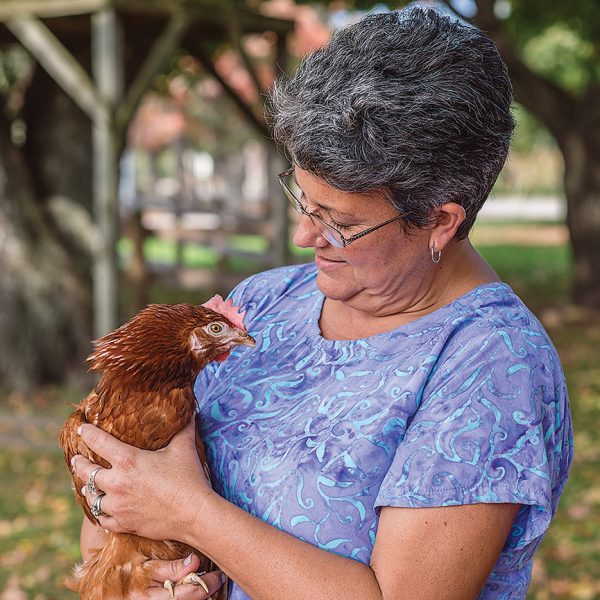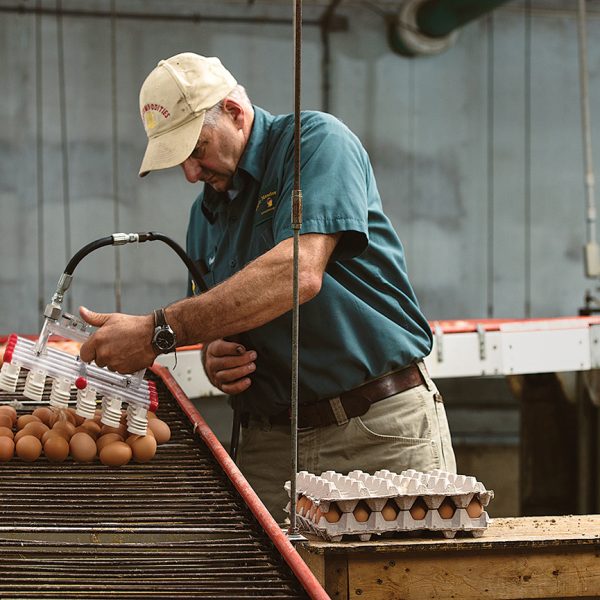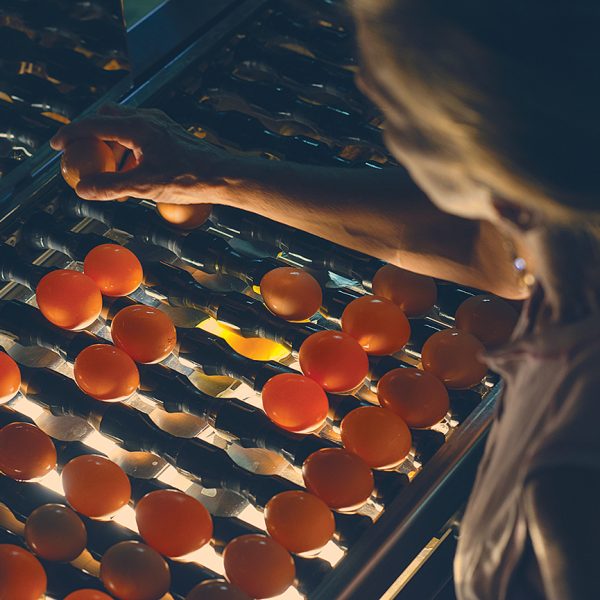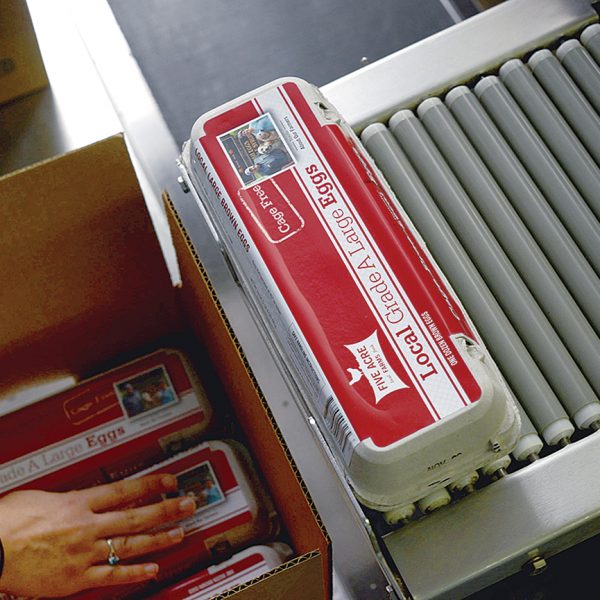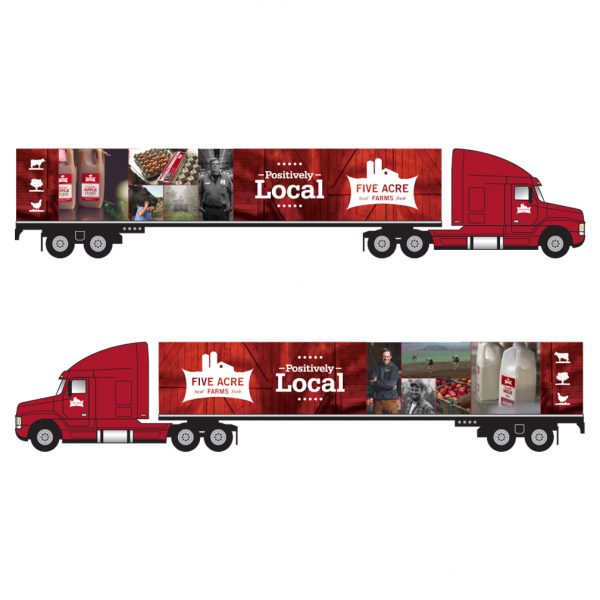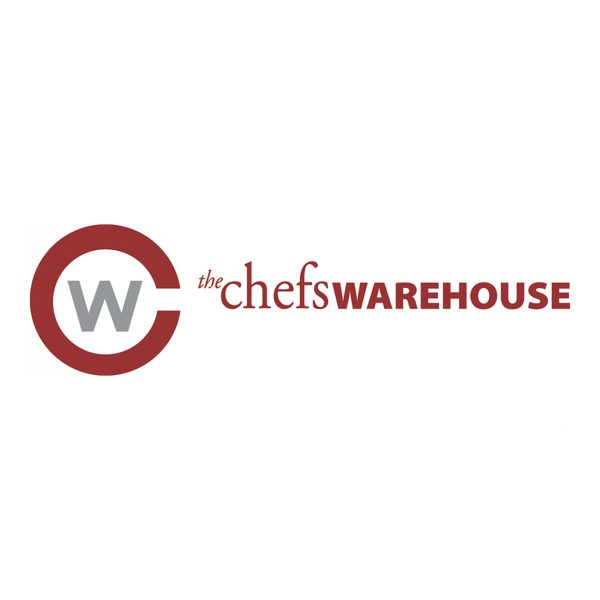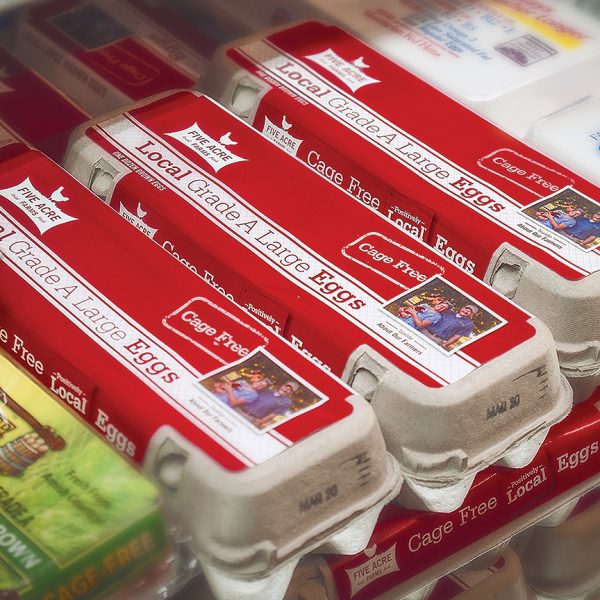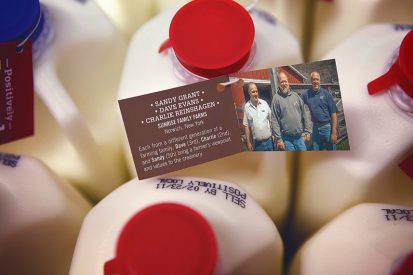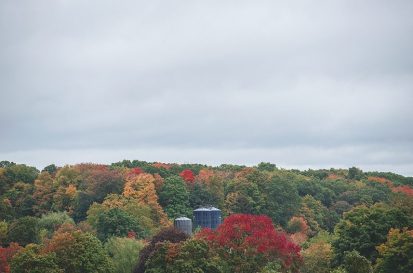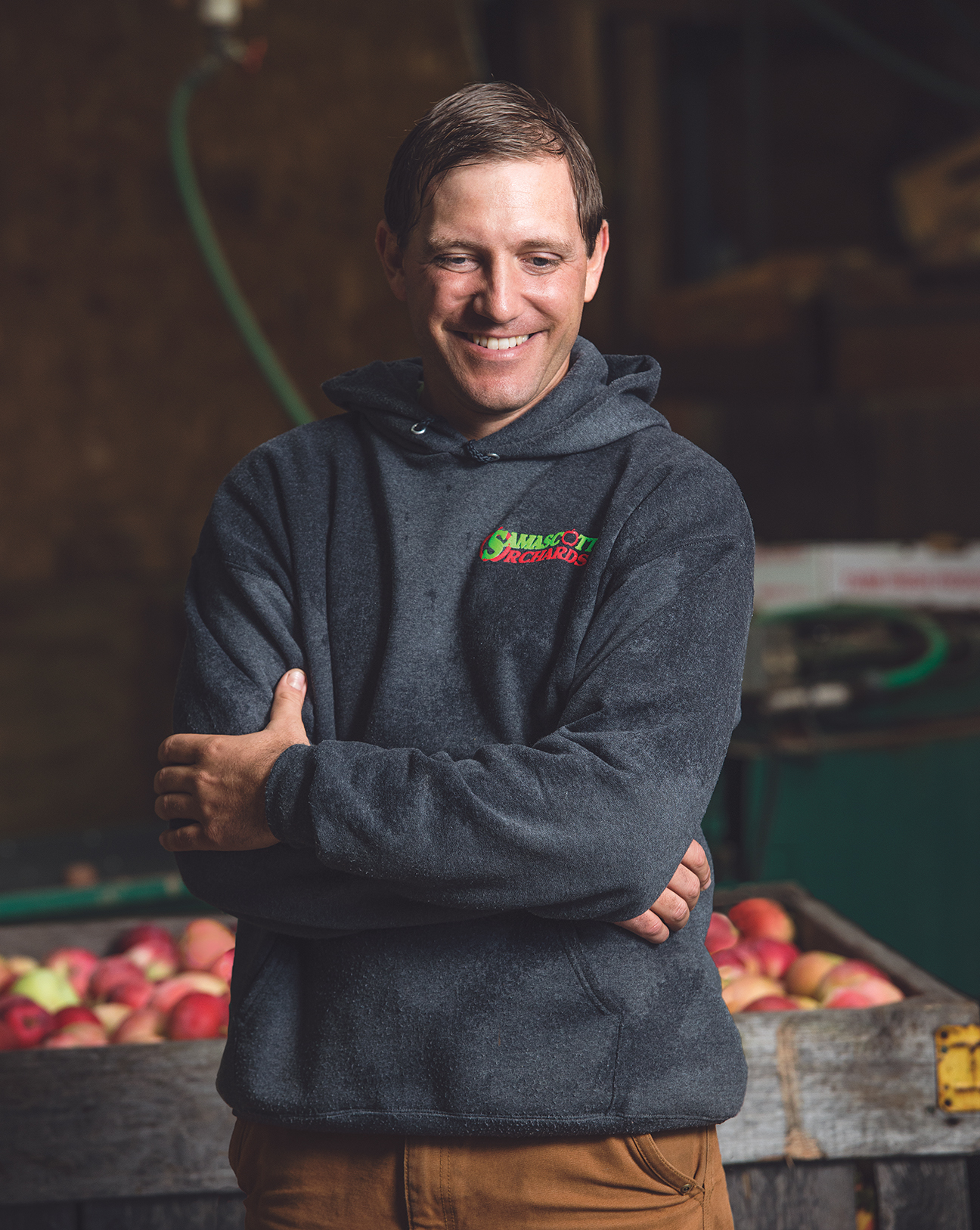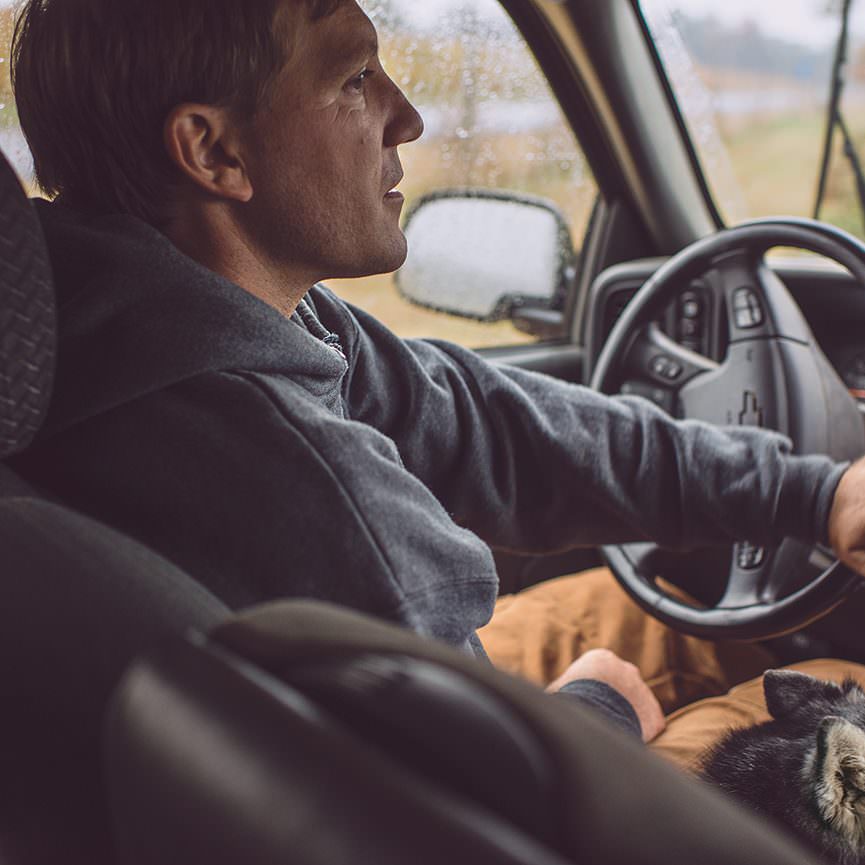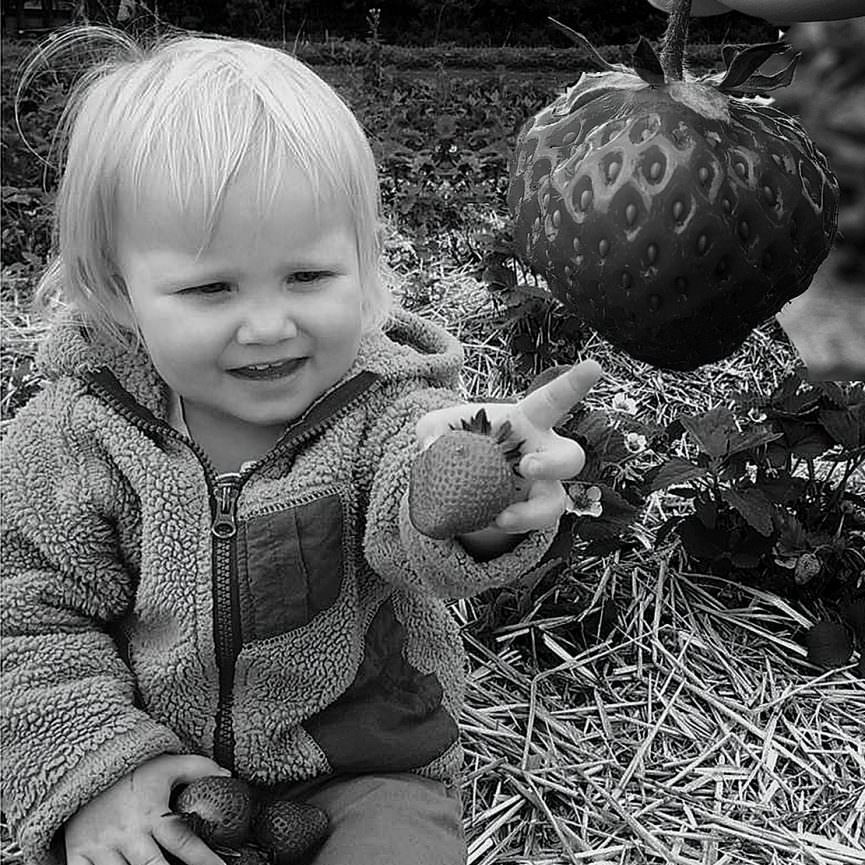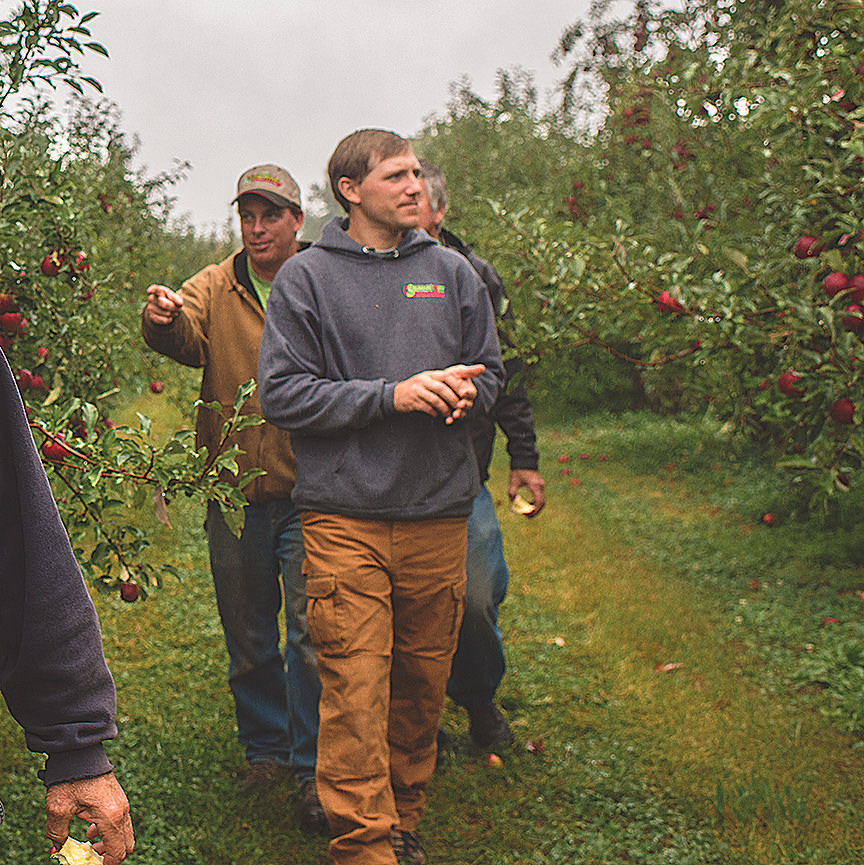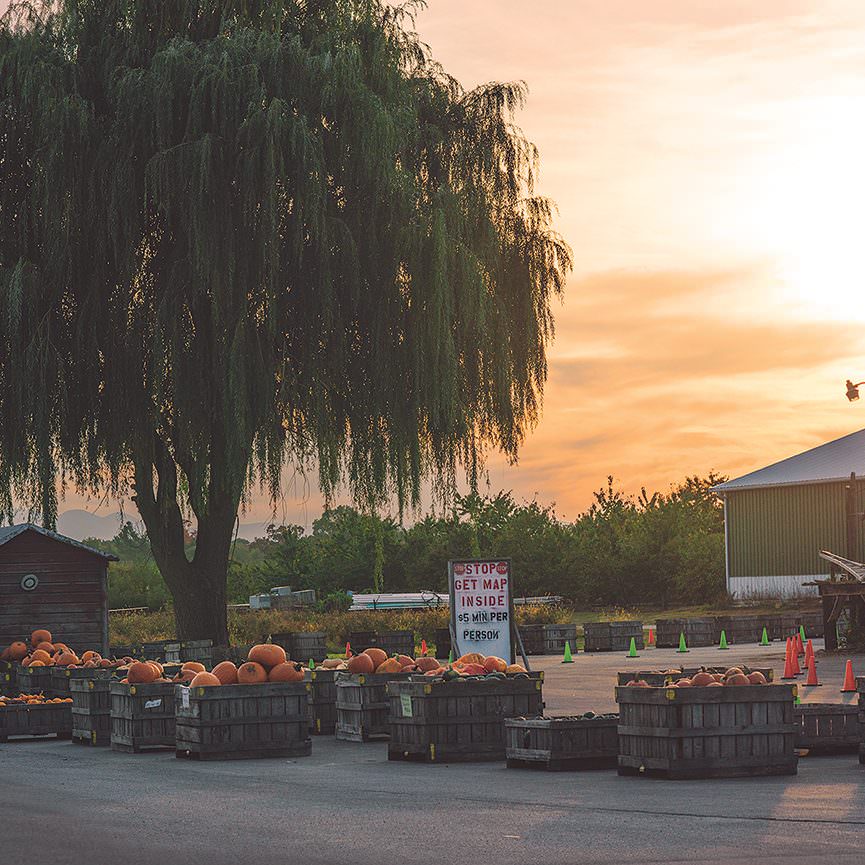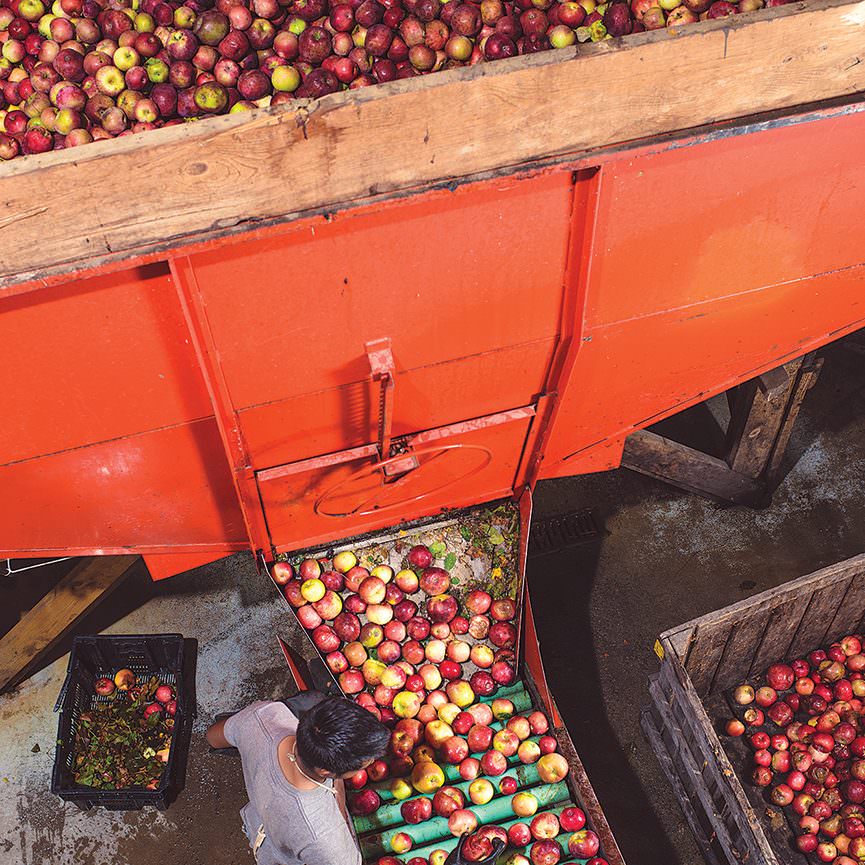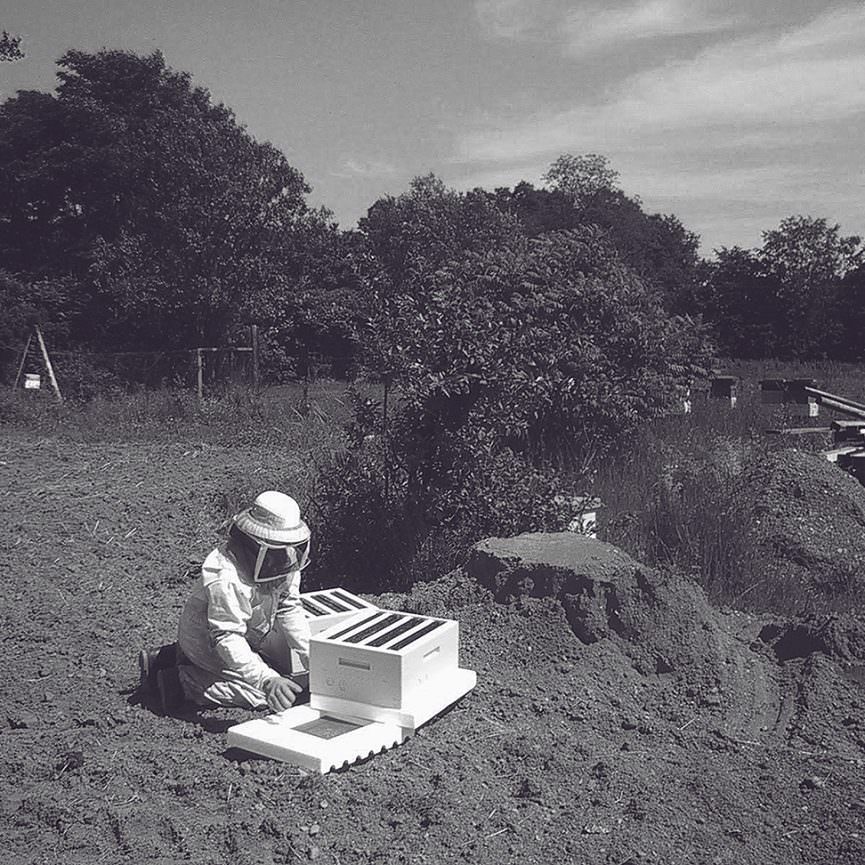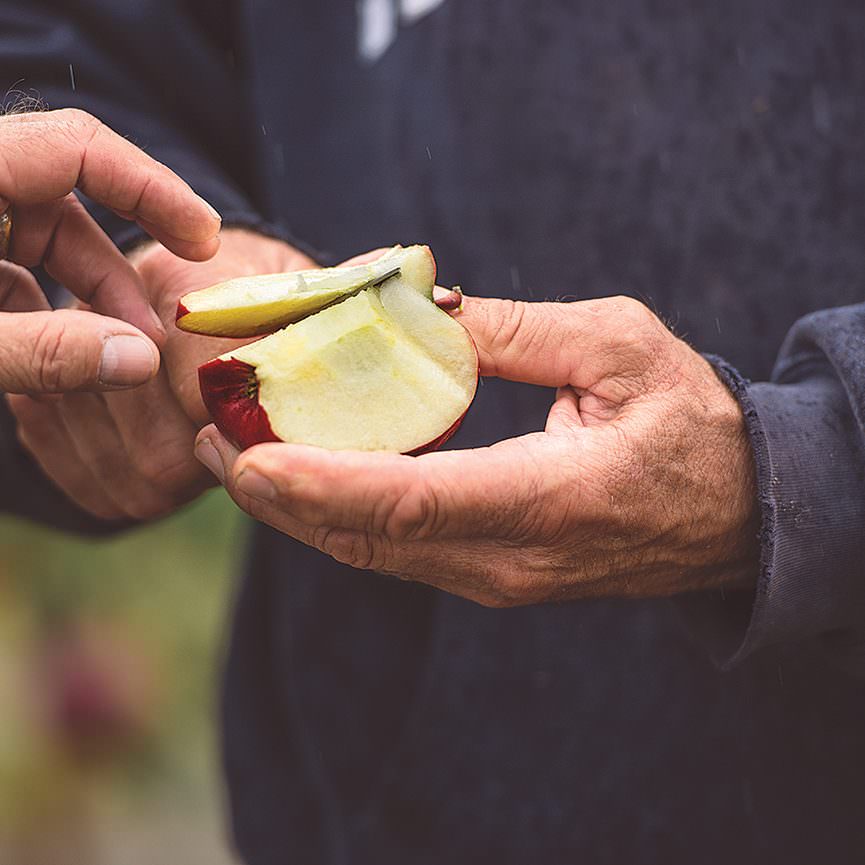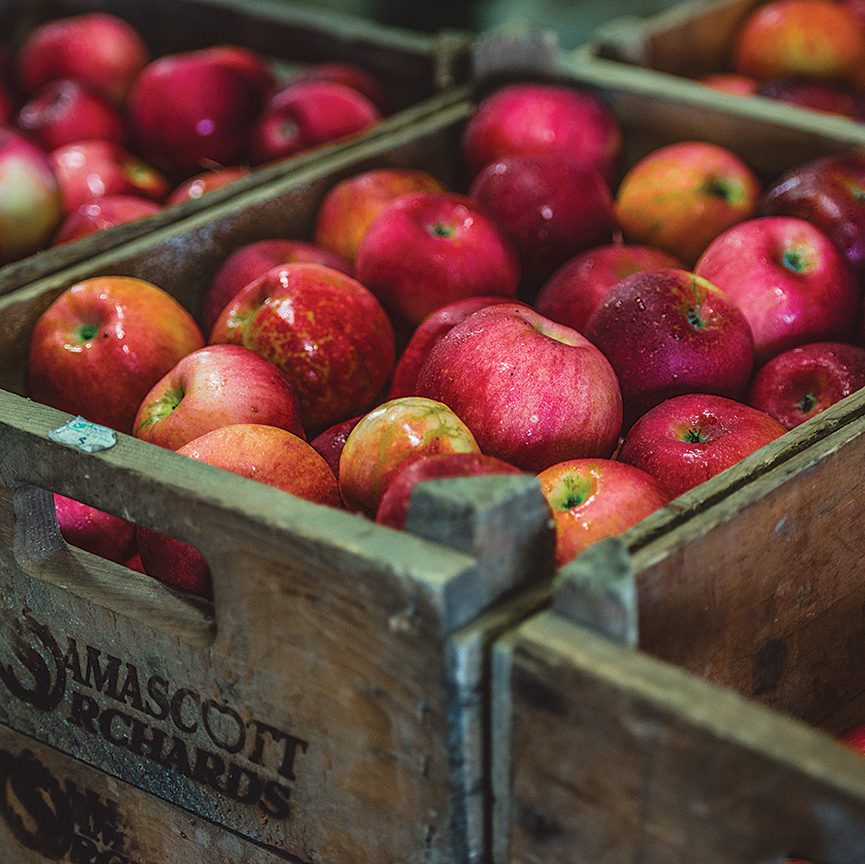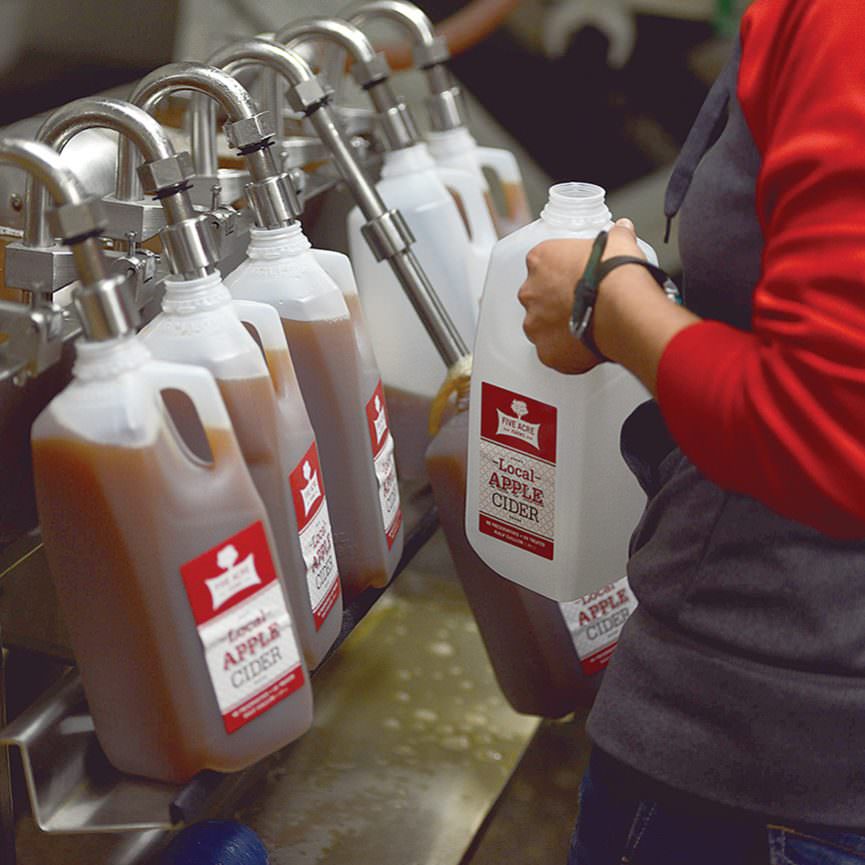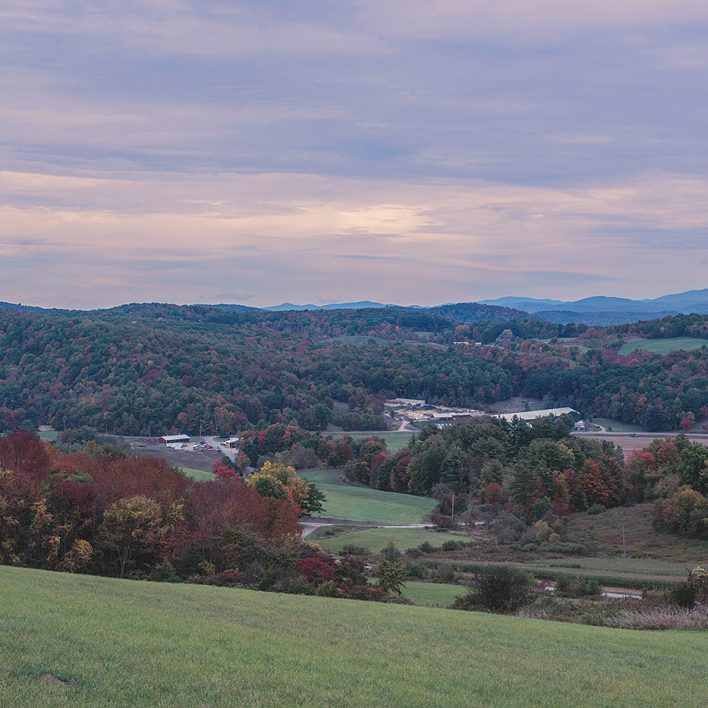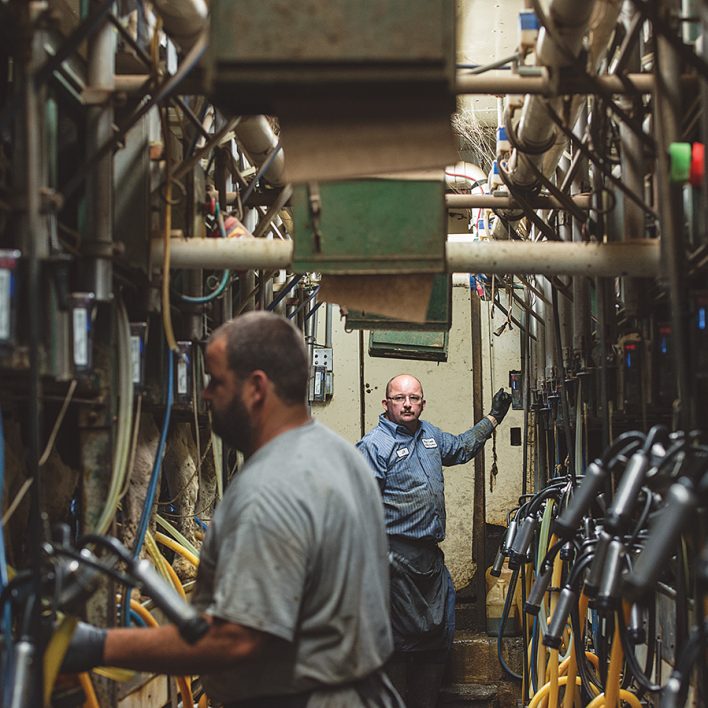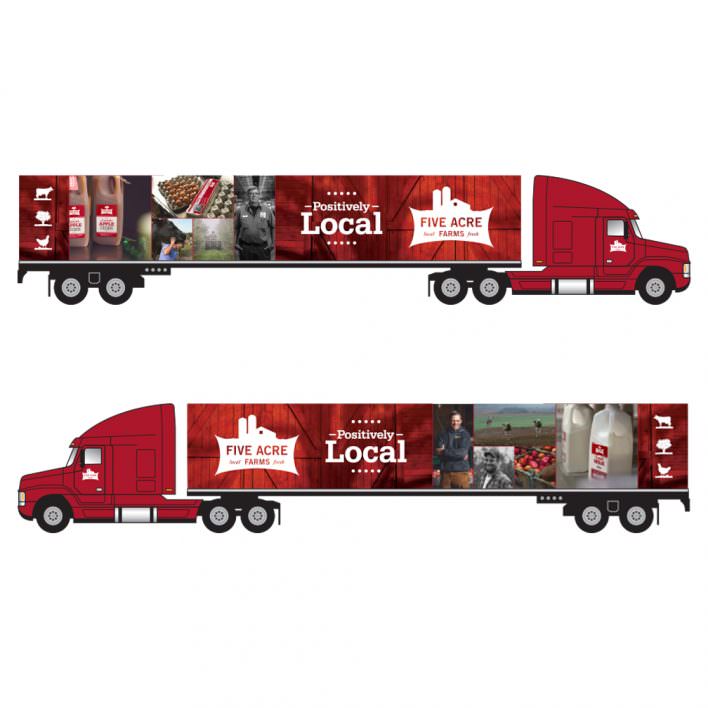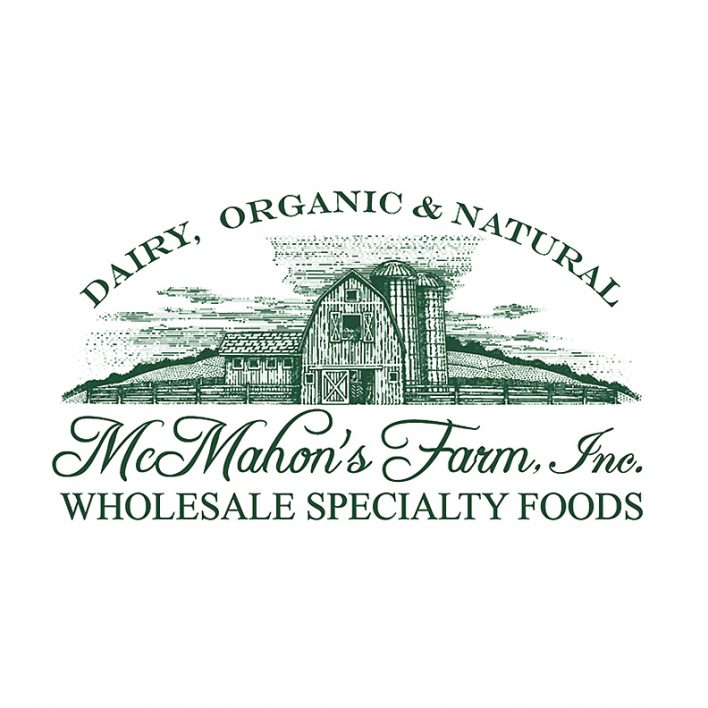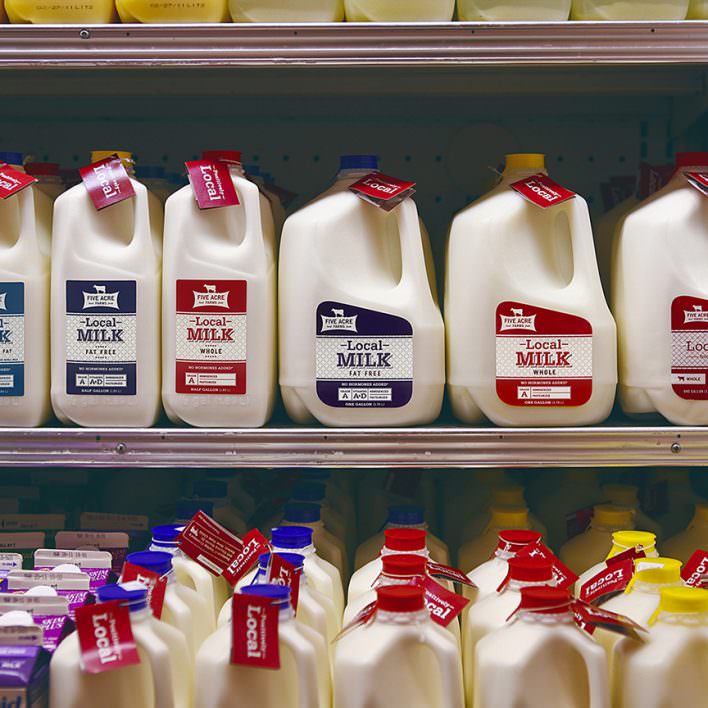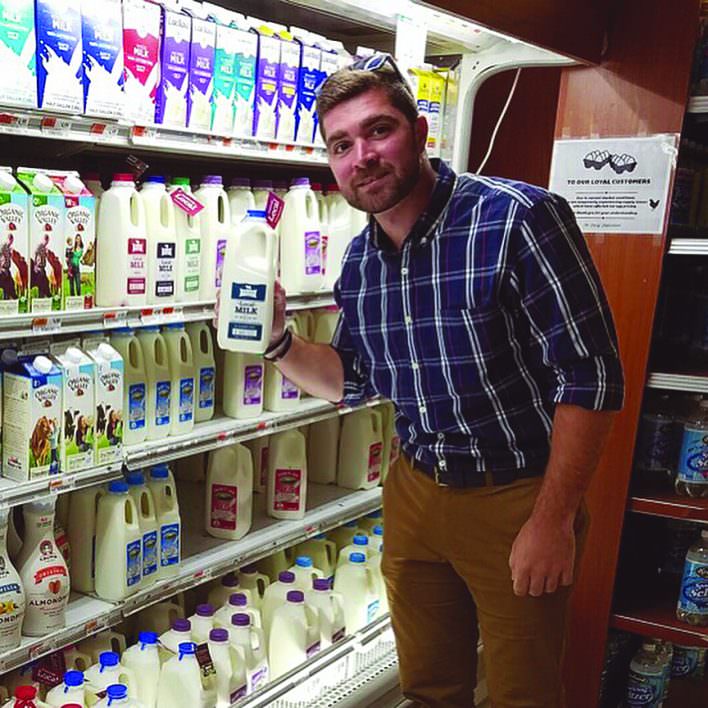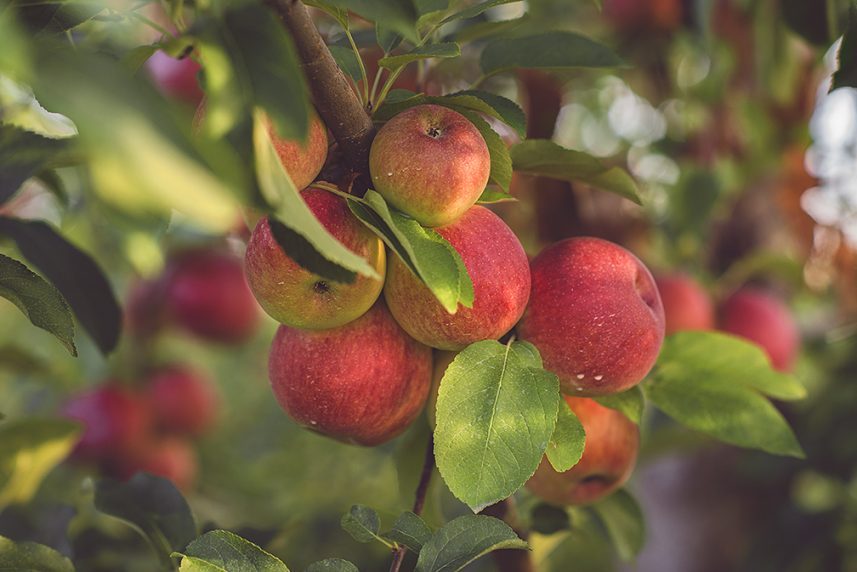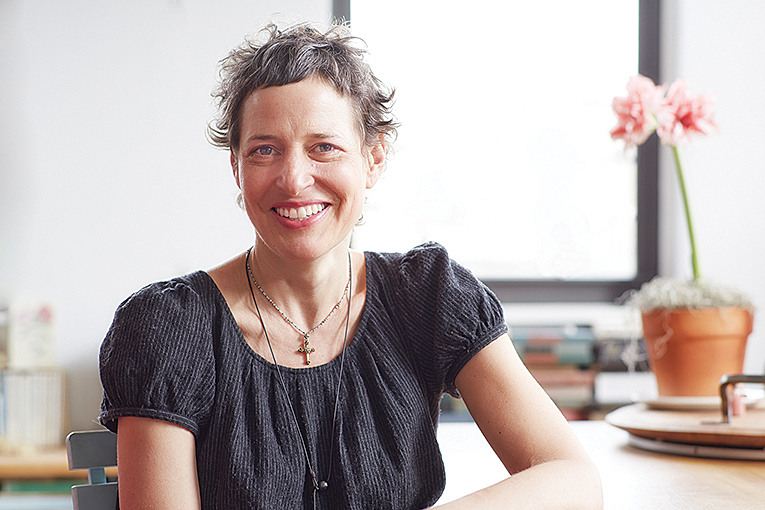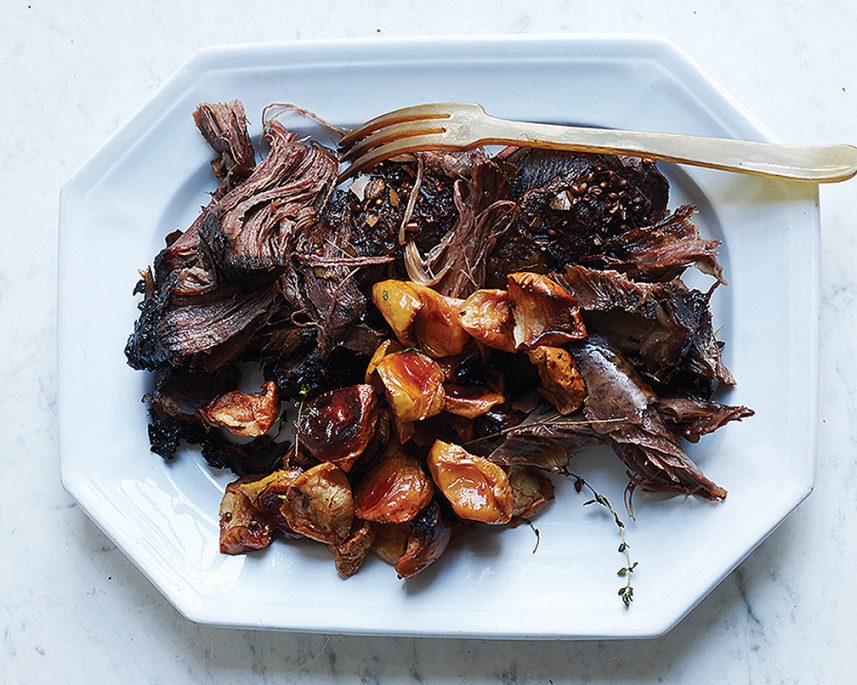
LOCAL FOOD MEETS THE MAINSTREAM:
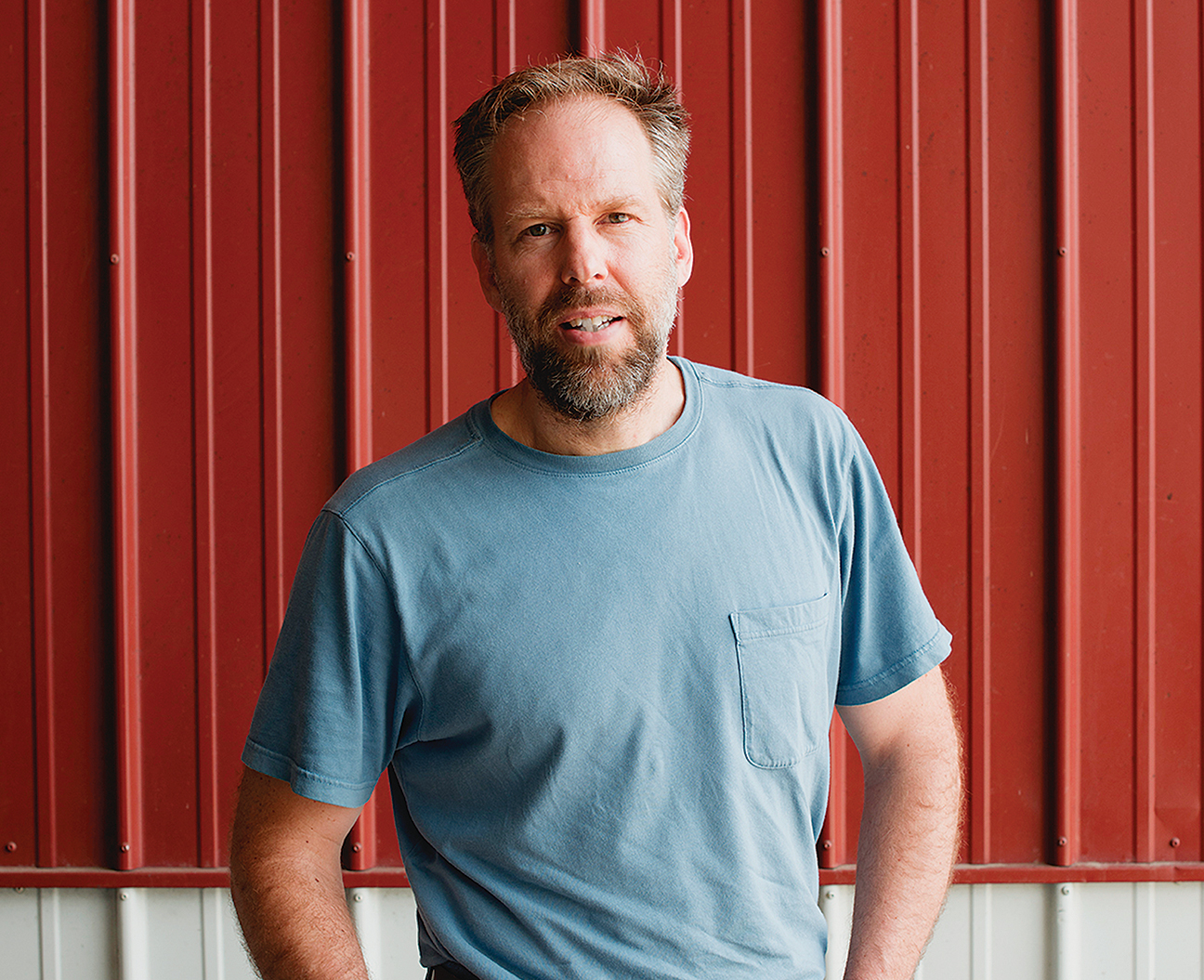
DAN HORAN founded FIVE ACRE FARMS in 2010 to keep farmers farming and expand access to the region’s best local food. In this interview, he offers his perspective on the company’s mission, its work to bring local food into the mainstream and what it means to be Positively Local®.
How does Five Acre Farms define local food?
The way we look at it, local is about more than just distance. Local means knowing where our food comes from and what practices and processes were used along the way. It means paying farmers fairly to support their responsible farming and business practices. Local means growing the region’s economy and actively participating in the community. It means restoring the connection between farmer and consumer. We like to call this being “Positively Local®”.
What distance is considered local? Is it 50 miles—or 500?
Some people say 50 miles. Others say 500. Under the federal food safety law, local food is produced within 275 miles of where it’s sold. We think that makes sense for the Northeast, though to us, mileage is just one aspect of local. So much goes into growing, processing and distributing food that it’s more realistic to think of that effort as regional rather than going on only within the borders of your own state.
How do you select your participating farmers?
We travel around the Northeast, meeting with farmers and introducing ourselves, FIVE ACRE FARMS and how we work. Once we identify a prospective partner, we make a number of farm visits and learn about their farming practices and processes. We take our time to make sure that we have the shared vision and goals needed for a successful partnership.
Isn’t the farmers’ market the place to buy local food?
I love farmers’ markets. Having started my career as an organic farmer, I learned my first lessons in sales at farmers’ markets and always encourage people to buy directly from farmers. I also believe in keeping farmers farming by making their products more broadly available to consumers. FIVE ACRE FARMS helps farmers get into the mainstream, beginning at the supermarket—where Americans spend the most time food shopping.
Is it possible to buy local food year-round?
While it can be a challenge to buy local all year long, you should be able to get local milk and eggs throughout the year regardless of where you live. Take advantage of that to buy the freshest milk and eggs you can get your hands on. You’ll taste the difference. Other possibilities will vary by region. In the Northeast, where I live, I can buy local apples and root vegetables year-round.
How can I make sure that my neighborhood supermarket carries local food?
Hopefully, you’re noticing more and more local tags and labels in your store. If not, ask the store manager to buy local. Be sure to mention specific local items that you and your family like. Give the store leads by telling them about your favorite area farms. In my experience, grocery stores appreciate and respond quickly to this kind of input. If your store already has a local buying program, applaud its efforts, help spread the word and offer feedback.
There are so many products and claims out there. What’s your advice for making good choices when shopping local in the grocery store?
The key is to know your sources as much as possible. Start with a couple of items, and learn where they come from, who makes them and exactly how they’re handled. If you know the farmer, then you’re well on your way to being able to make a good decision. Sometimes information about the source is purposely hidden from you, and you’ll be able to tell when that’s the case. Knowing that we all lead busy lives, FIVE ACRE FARMS tries to make things simple. When you see our label, you know where your food comes from. You know that it’s local, delicious and healthy. You know that, because we vet our farms carefully, the farmers who produced it treat their animals properly, care for their farmland and groundwater and conserve energy. We do the legwork for you.
Where can I find Five Acre Farms outside the grocery store?
Our focus has always been, as we sometimes put it, bringing the farmers market to the supermarket. We’re also finding a wealth of opportunities to build on that focus by being the local solution in other places as well—like, for example, coffee shops and restaurants, including the new Kellogg’s NYC cereal café in Times Square. We even have local flying at 35,000 feet, where our products are used by UNION SQUARE EVENTS in creating in-flight menus for DELTA. We’re bringing local food into the mainstream where it should be, making it part of our everyday lives.
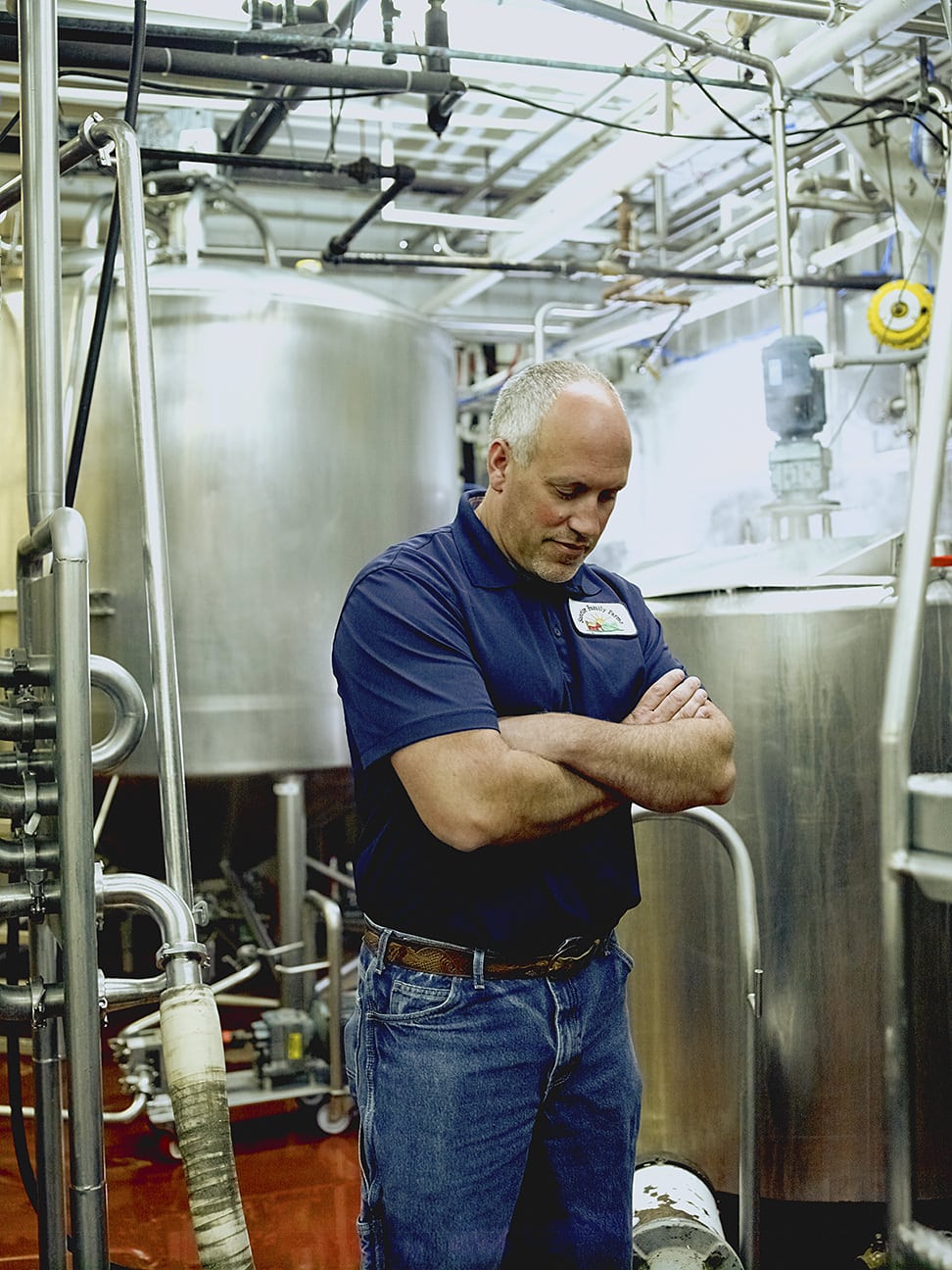
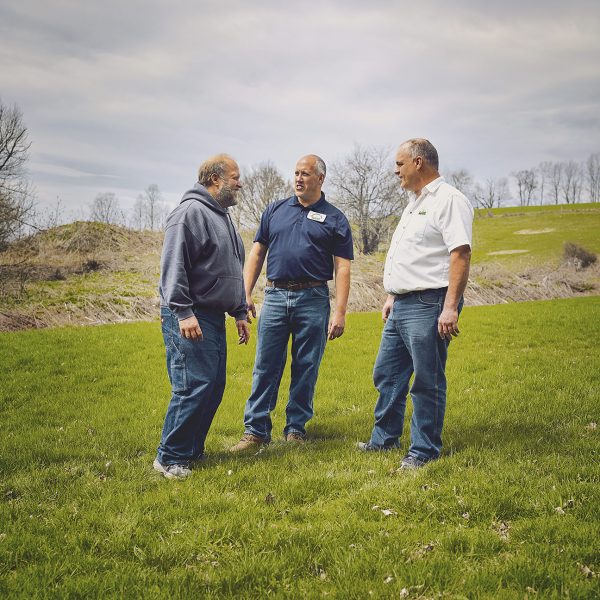
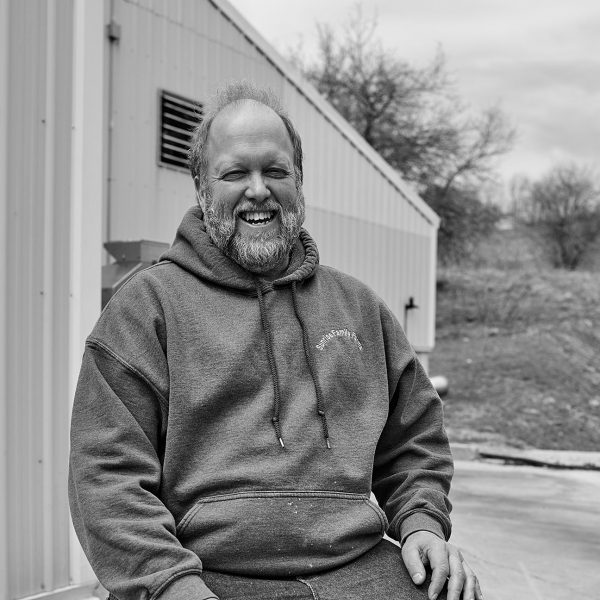
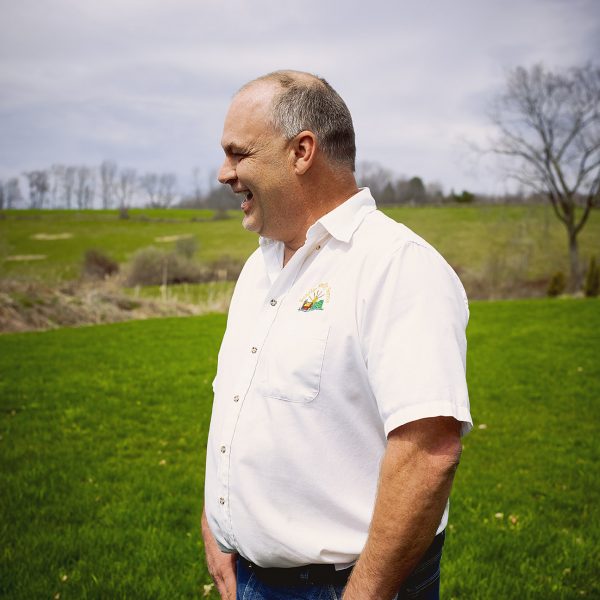
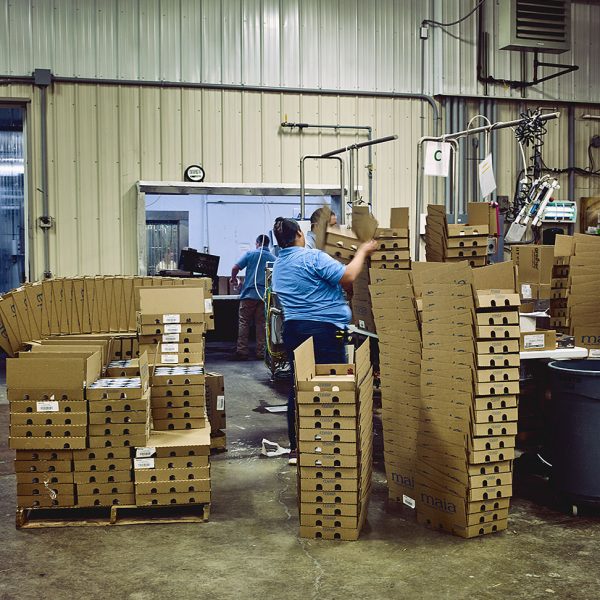
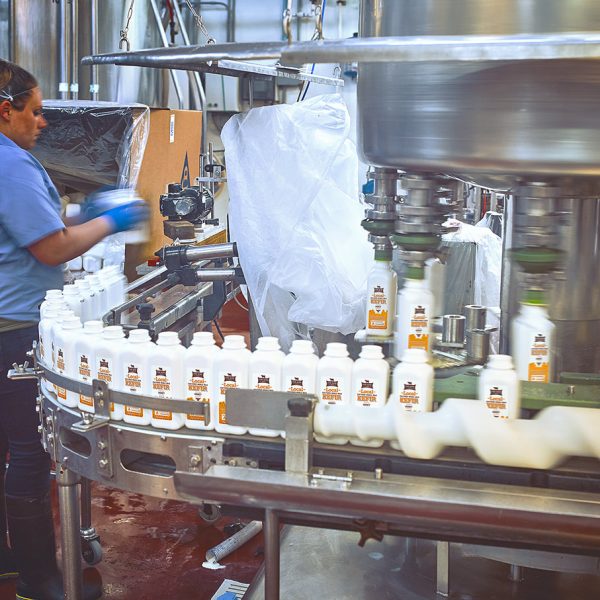
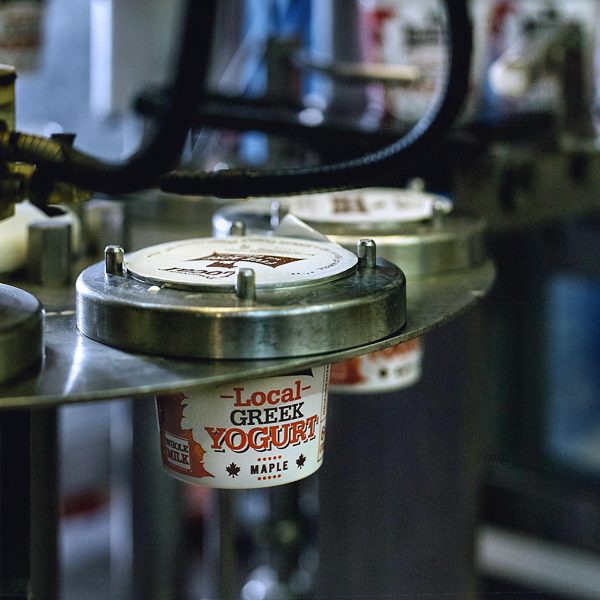
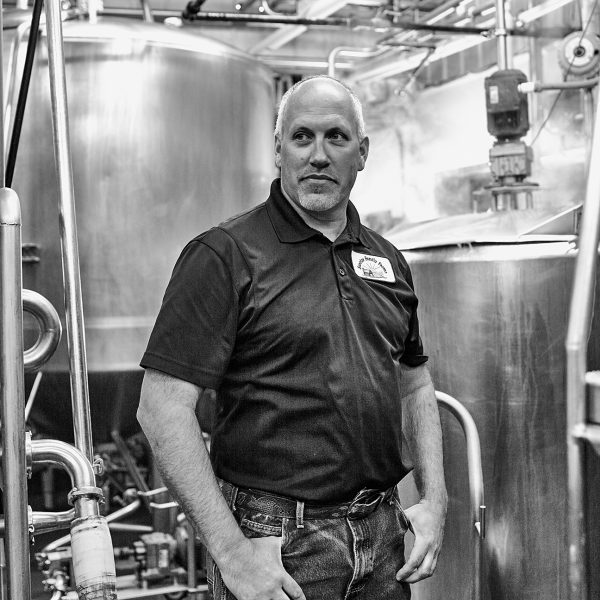
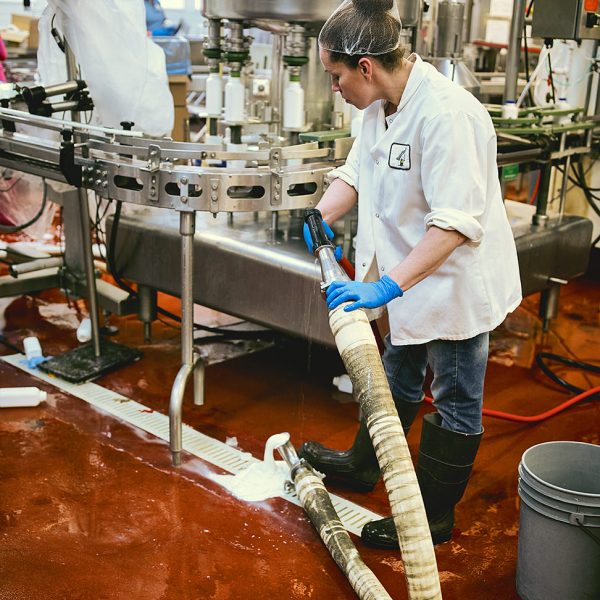
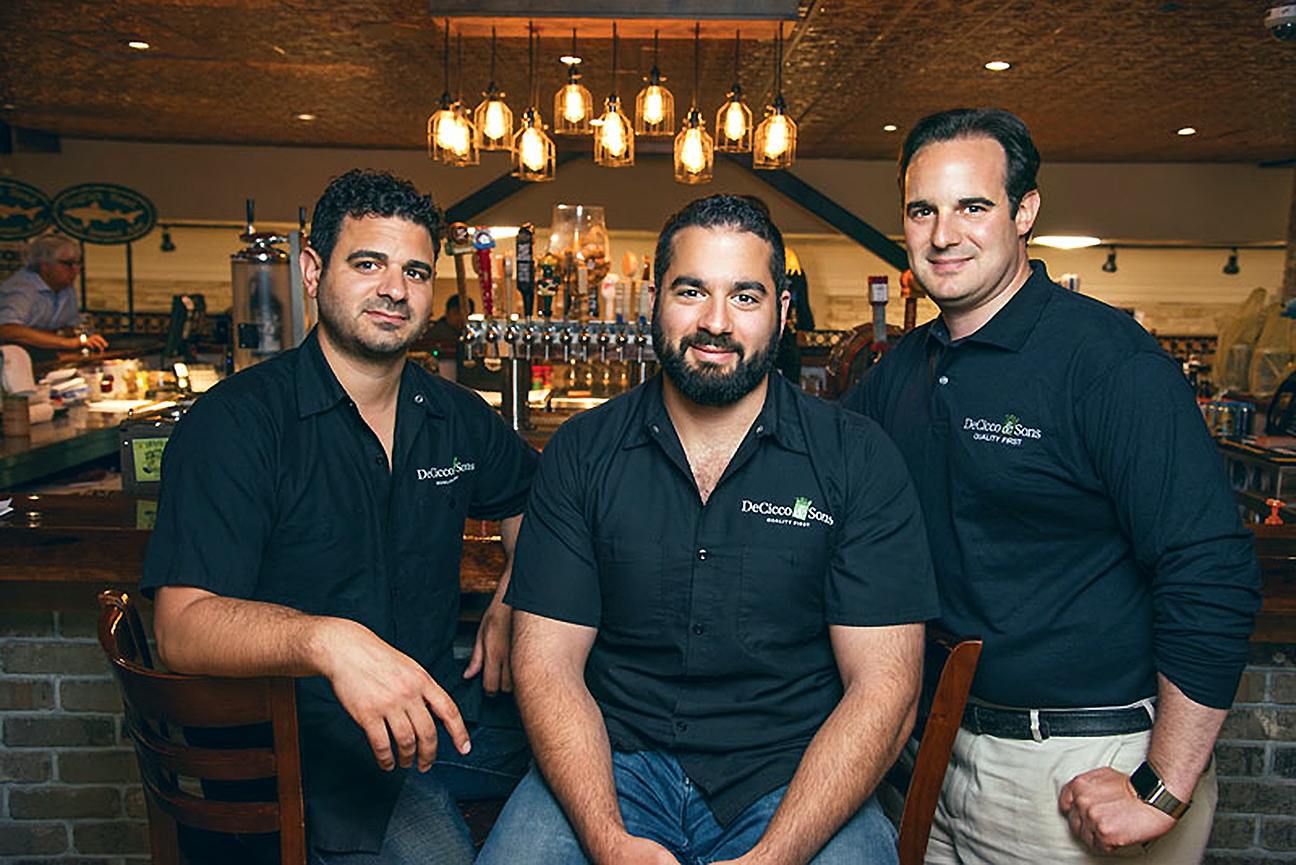
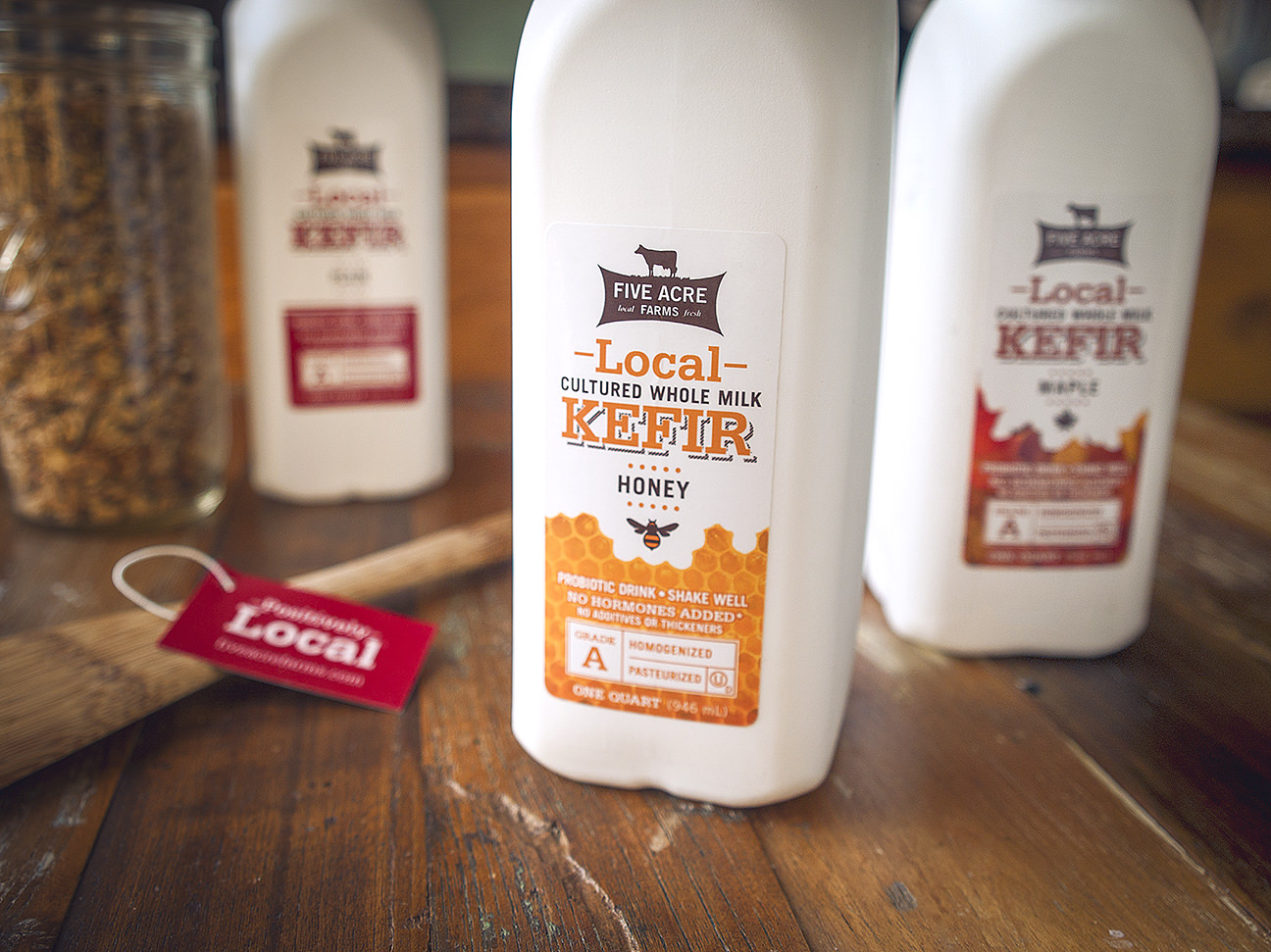
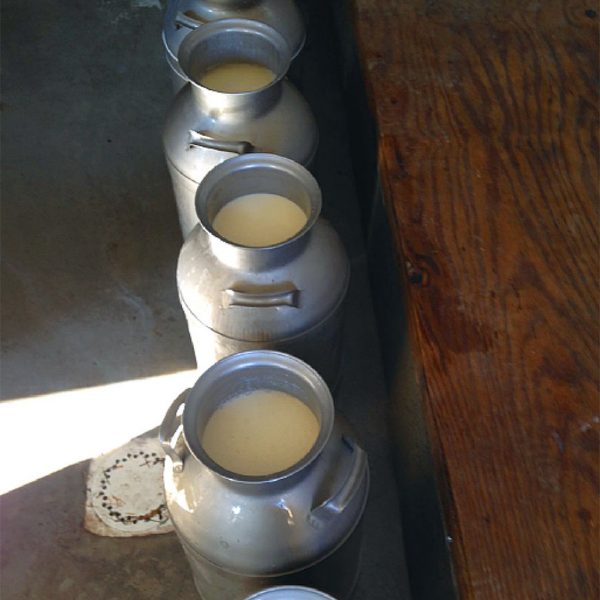
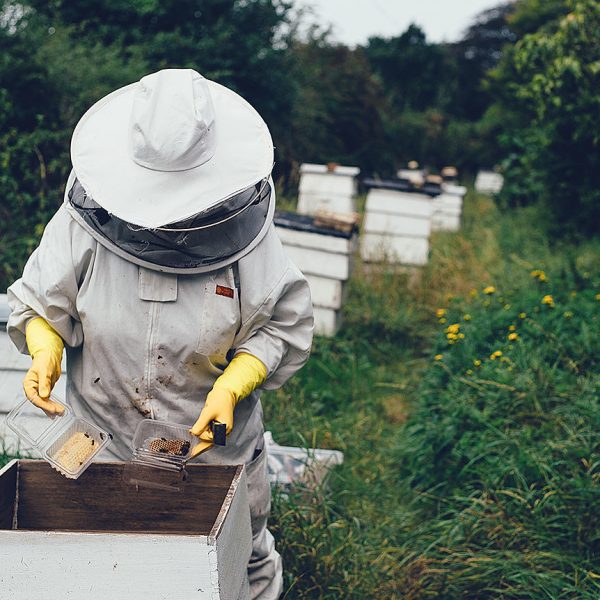
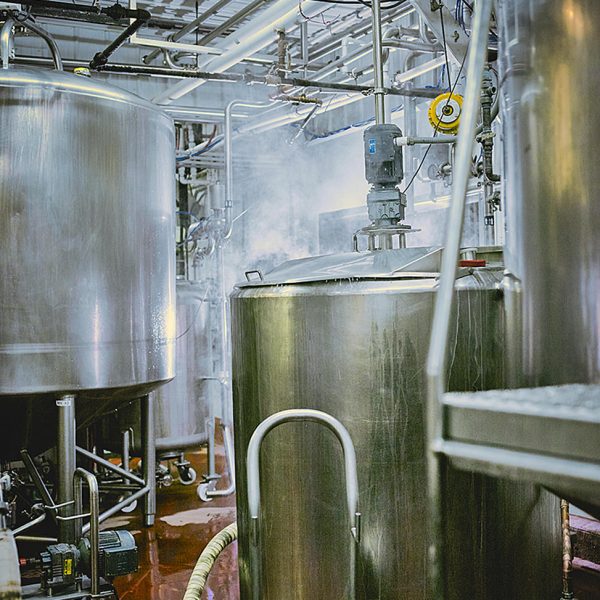
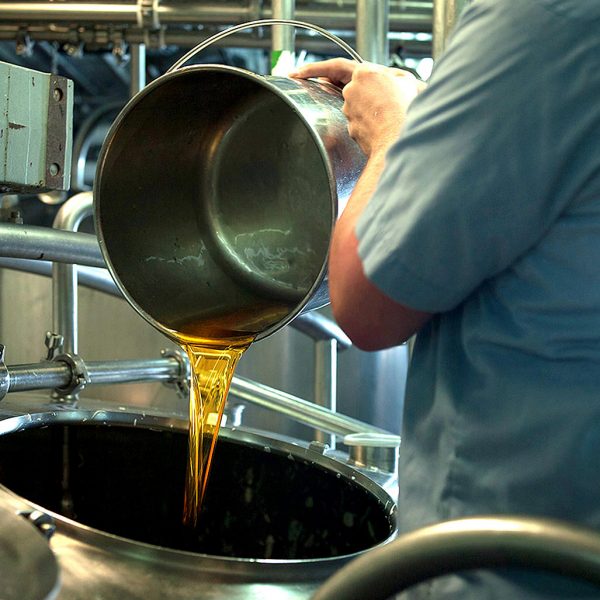
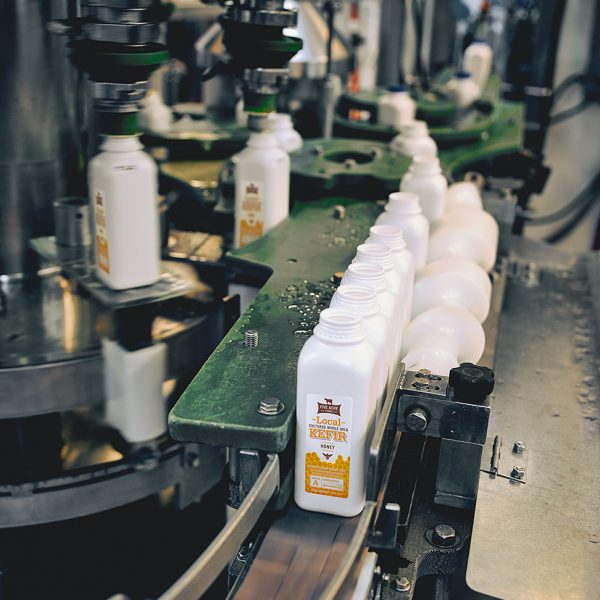
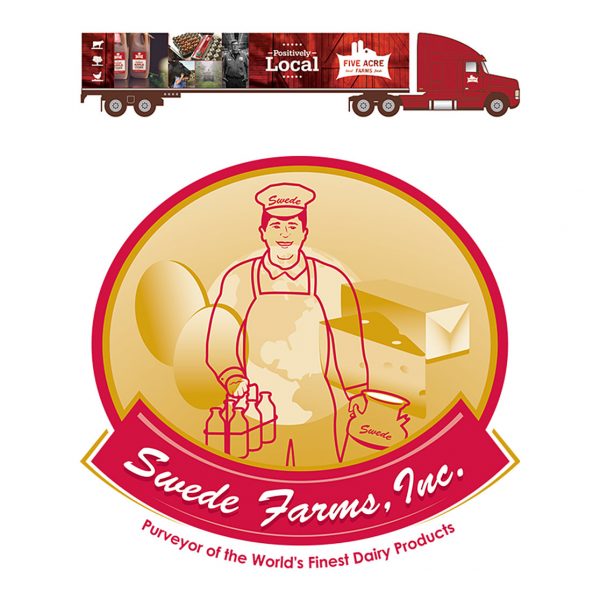
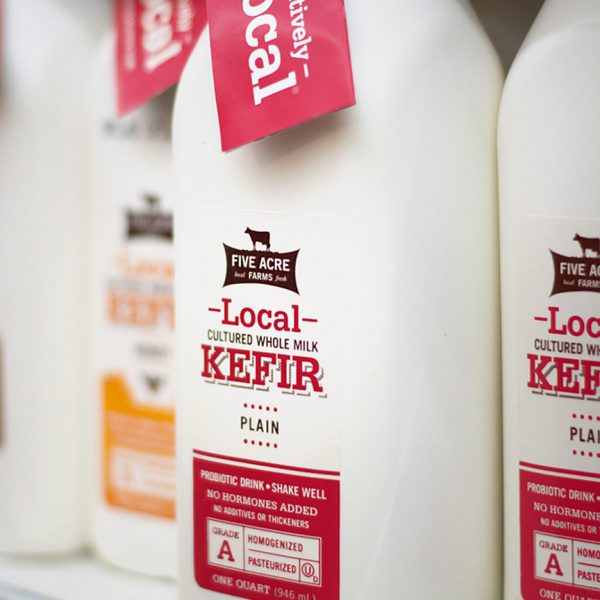
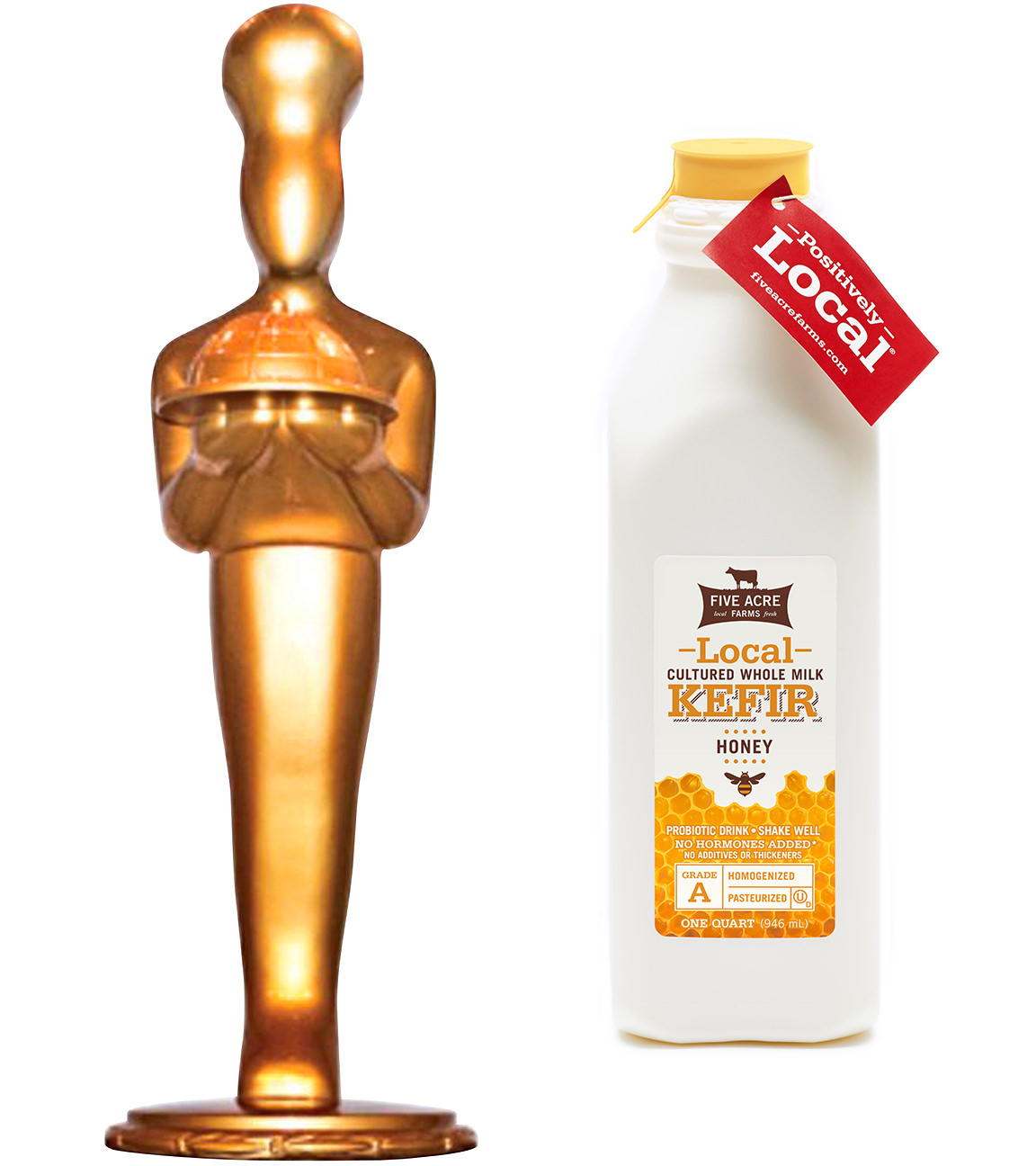
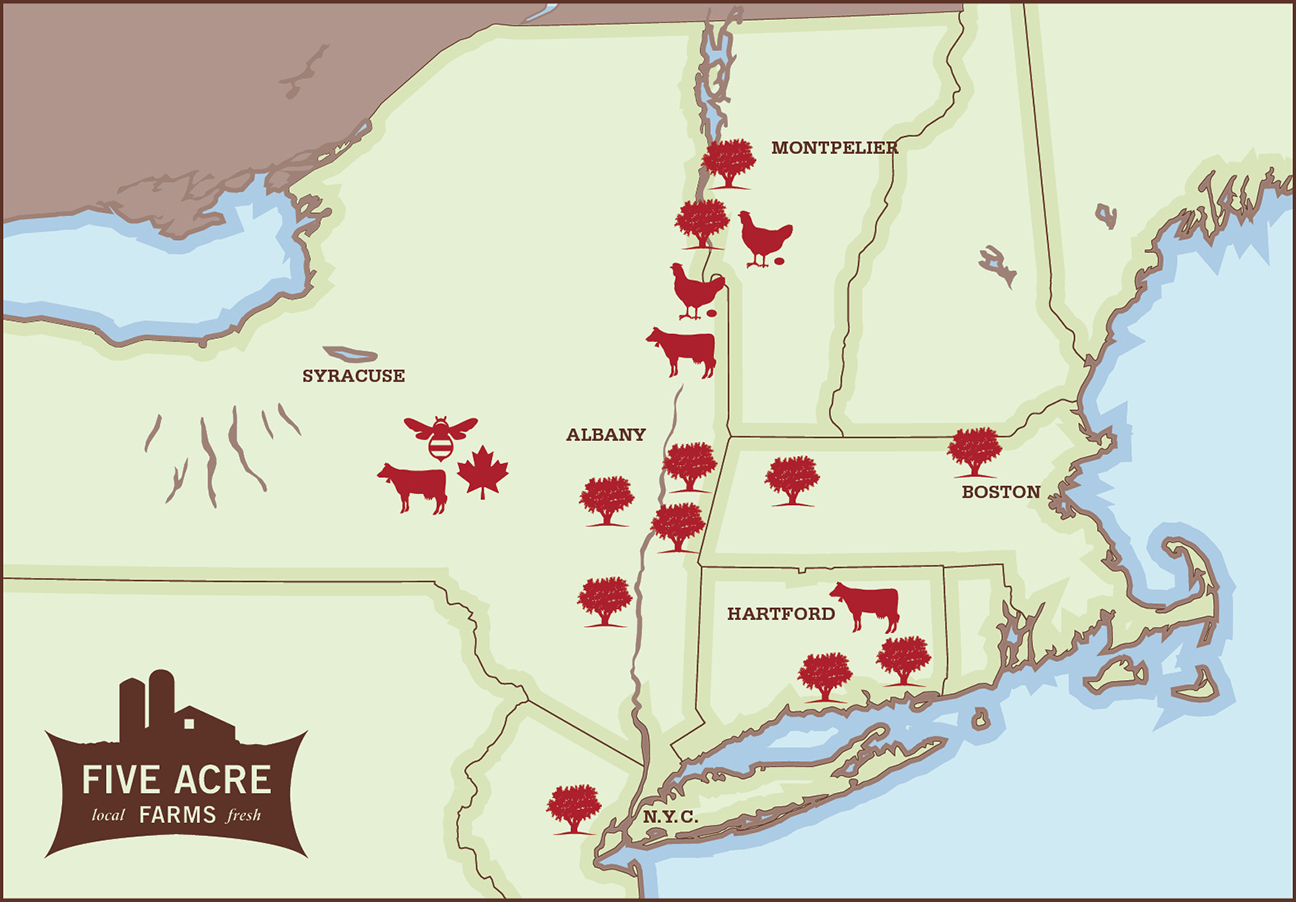
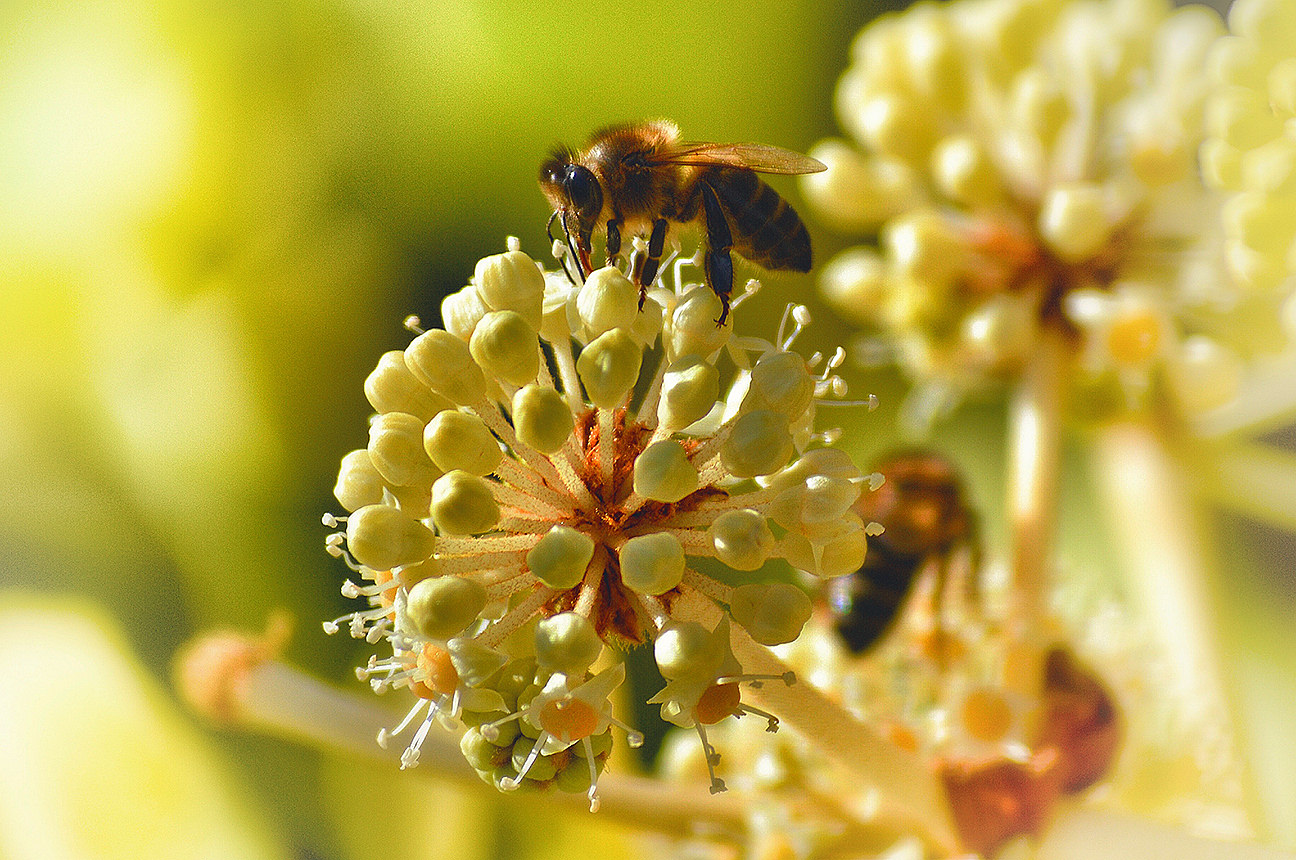

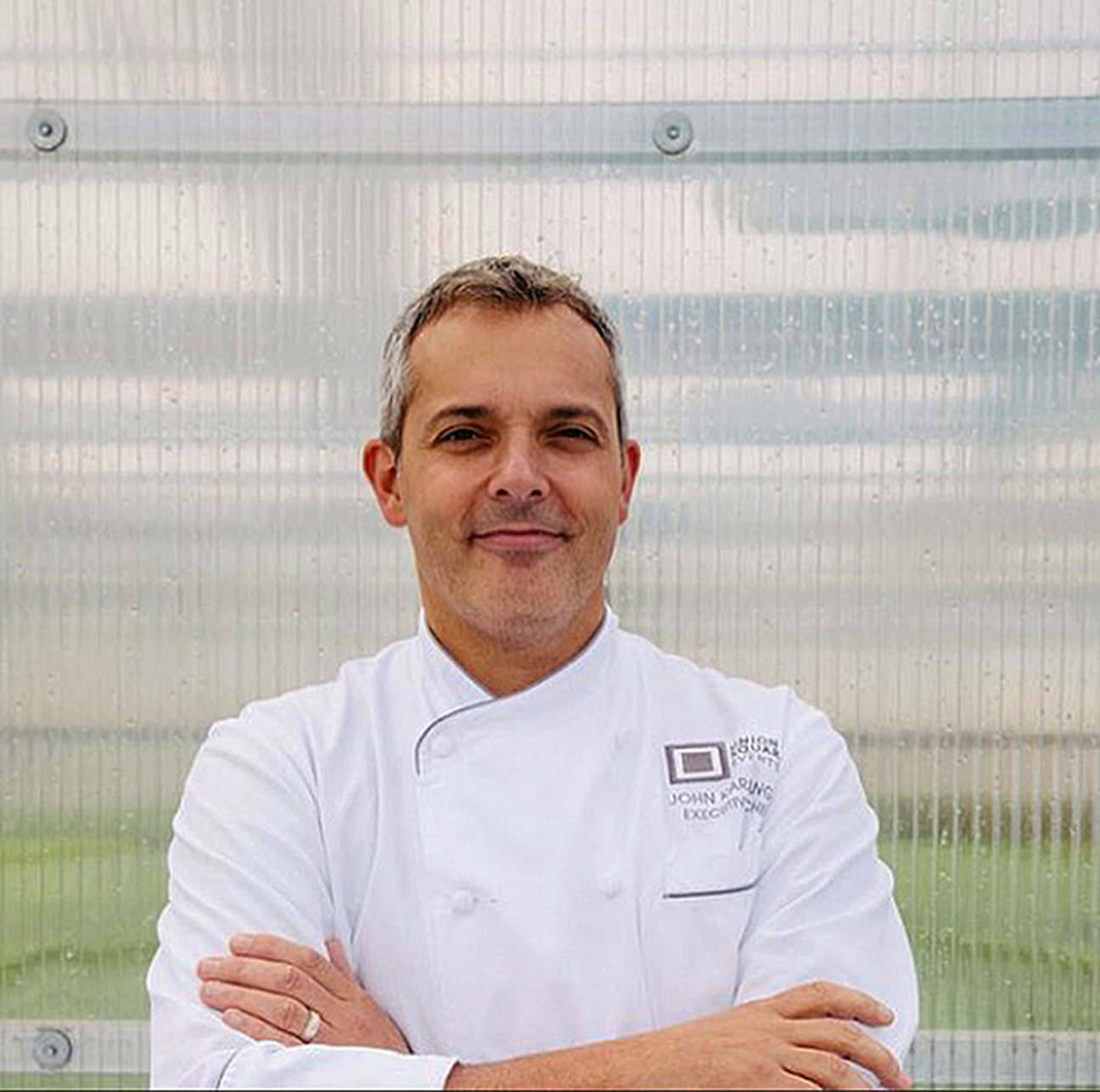

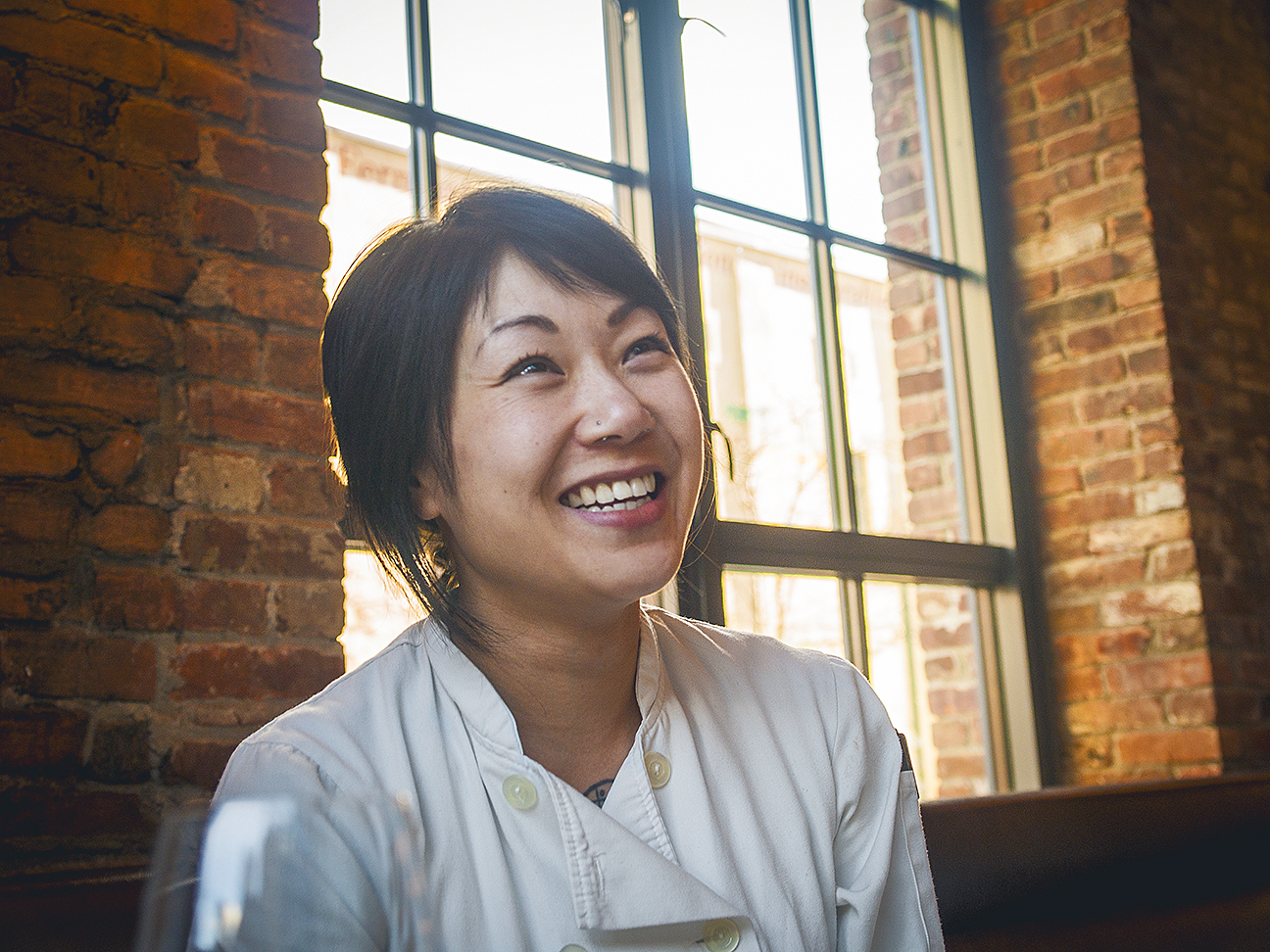
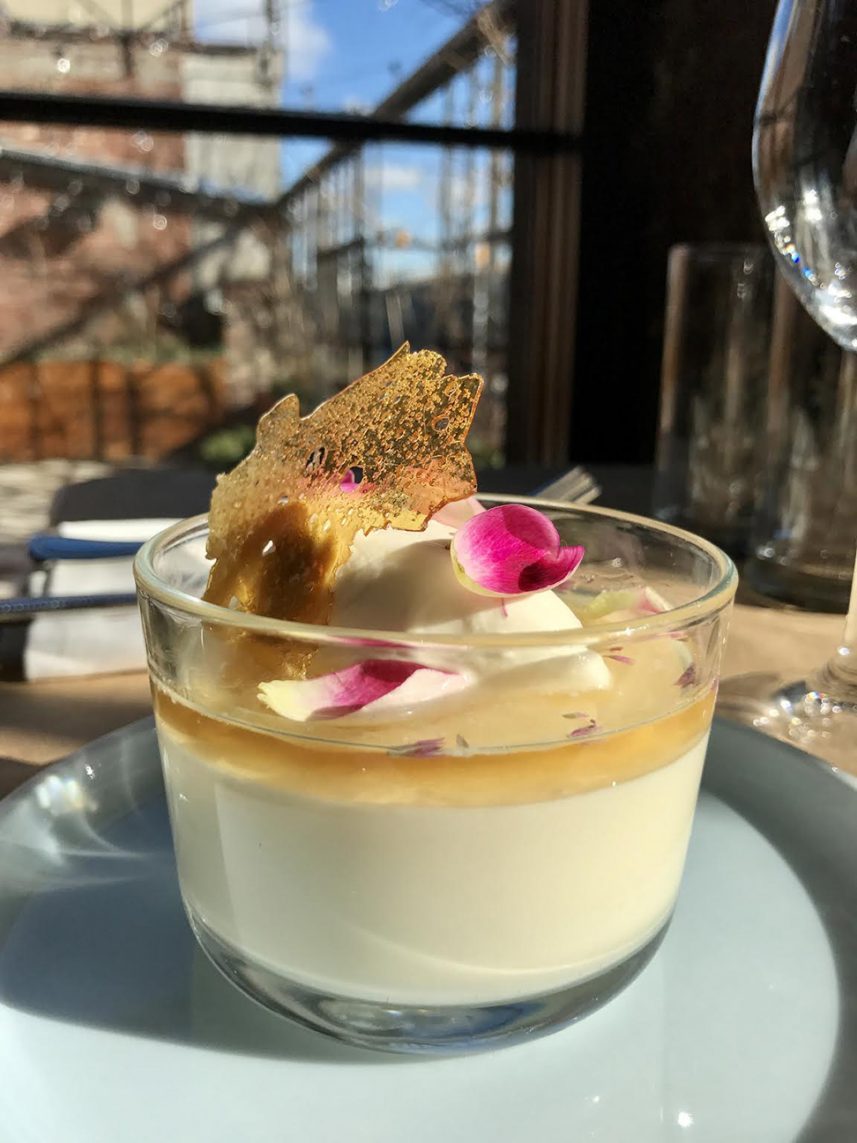
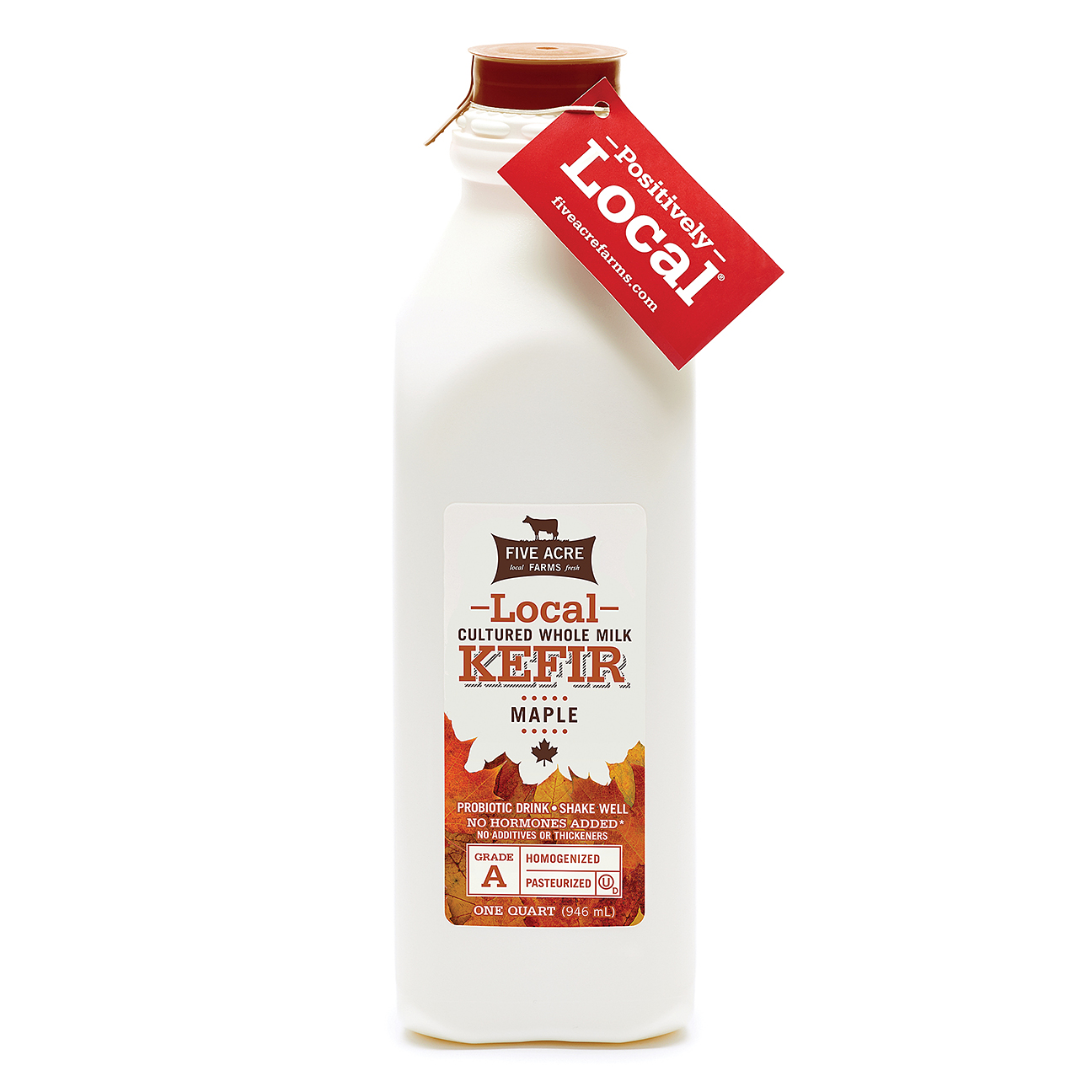 KEFIR, first created more than 2,000 years ago in the Caucasus Mountains of Eastern Europe, is a cultured milk drink that tastes like yogurt and has the consistency of a smoothie.
KEFIR, first created more than 2,000 years ago in the Caucasus Mountains of Eastern Europe, is a cultured milk drink that tastes like yogurt and has the consistency of a smoothie.